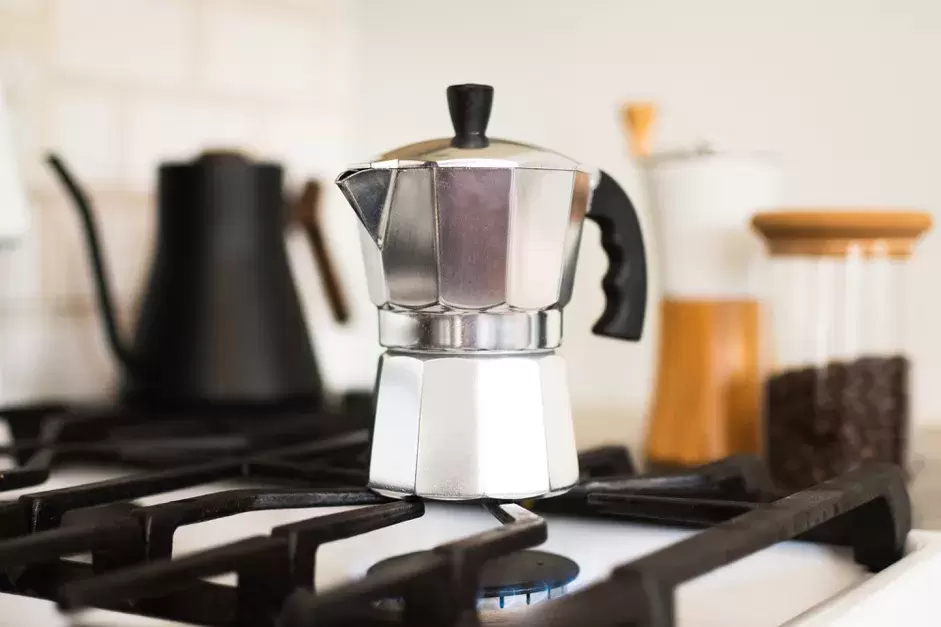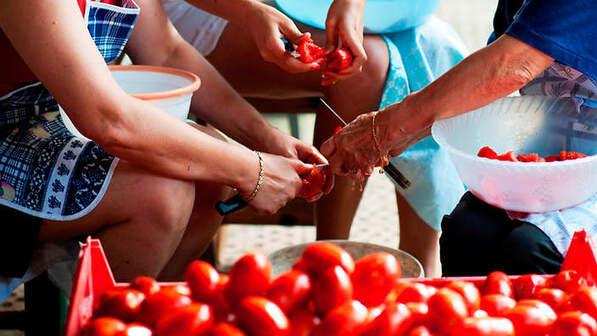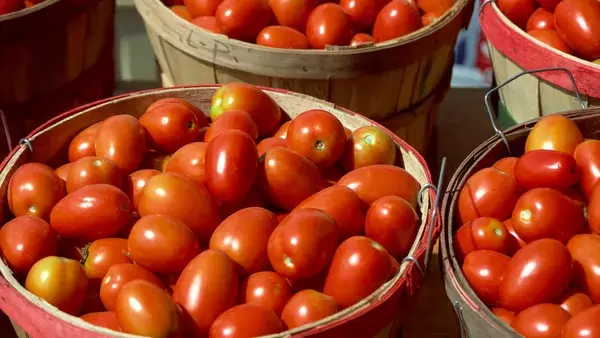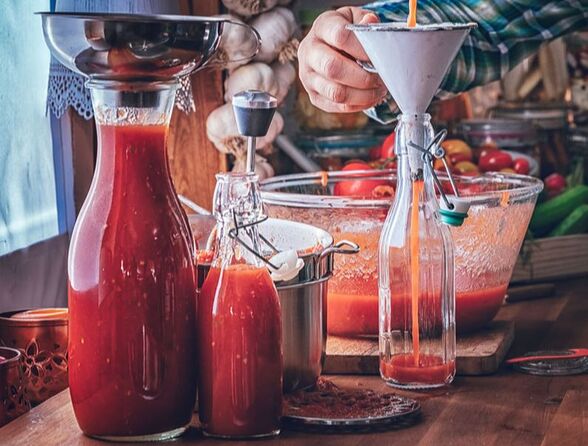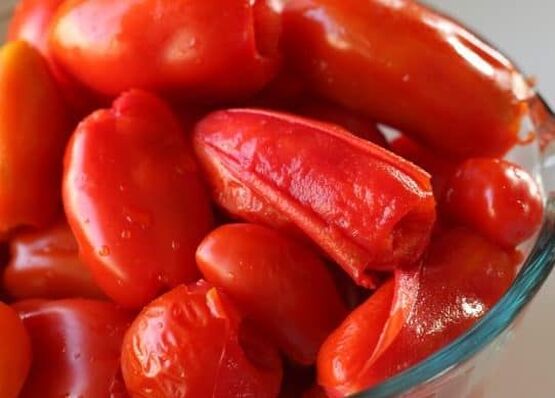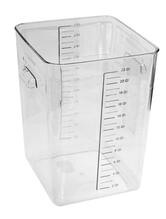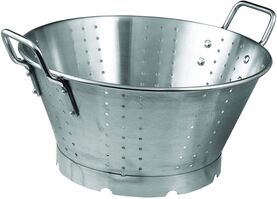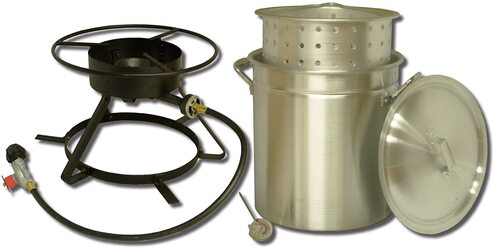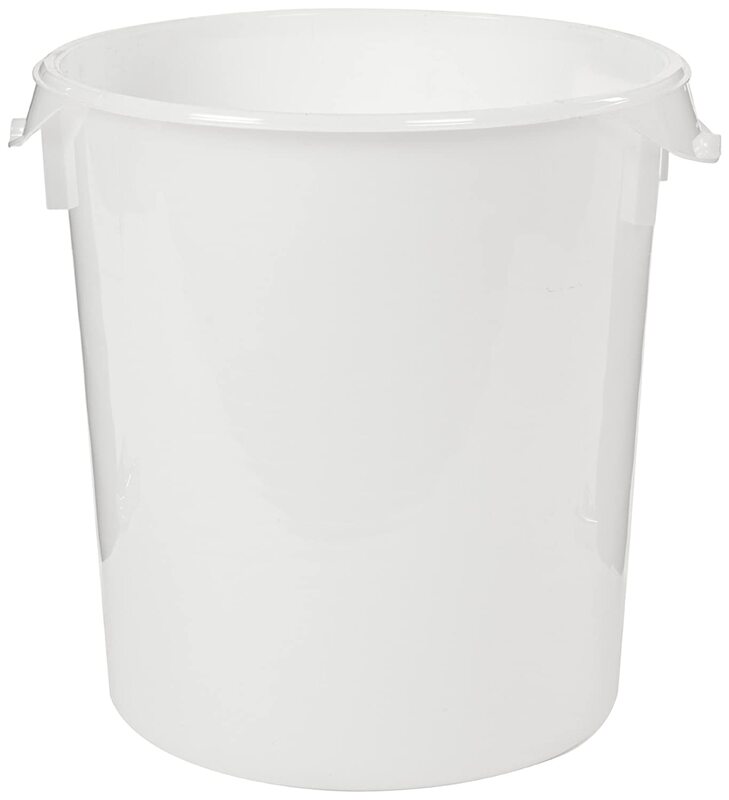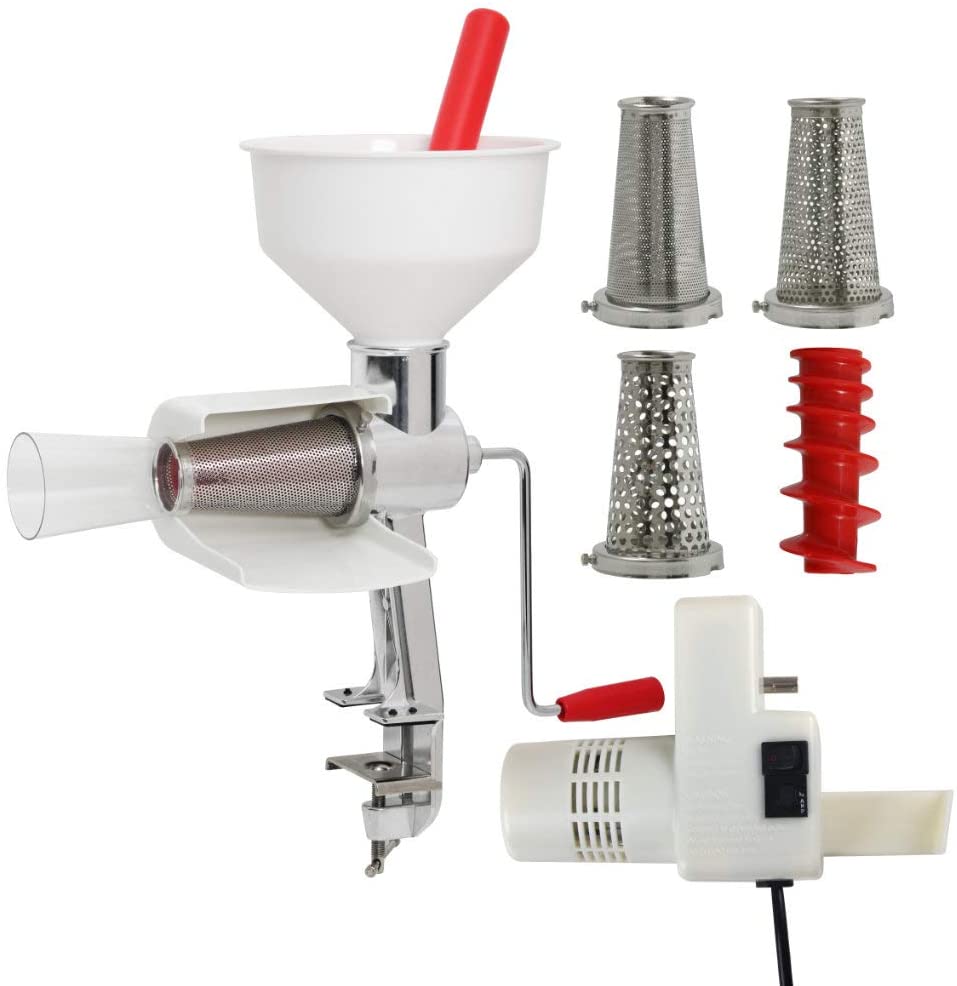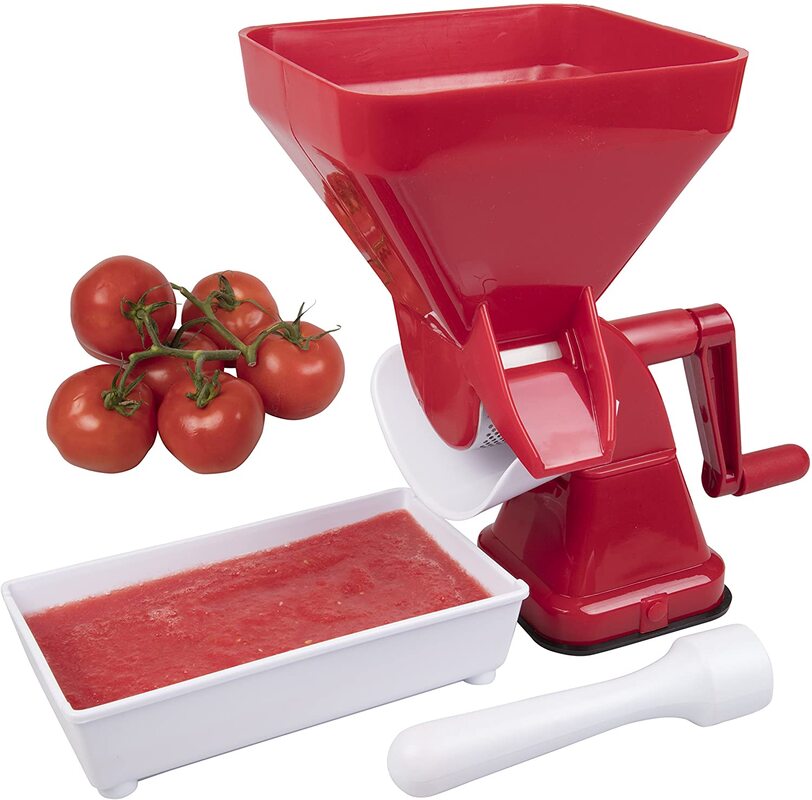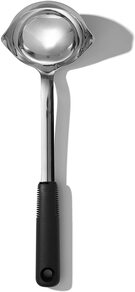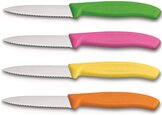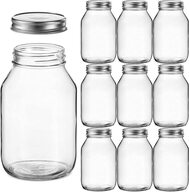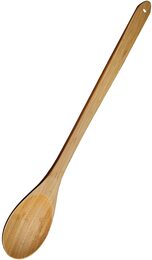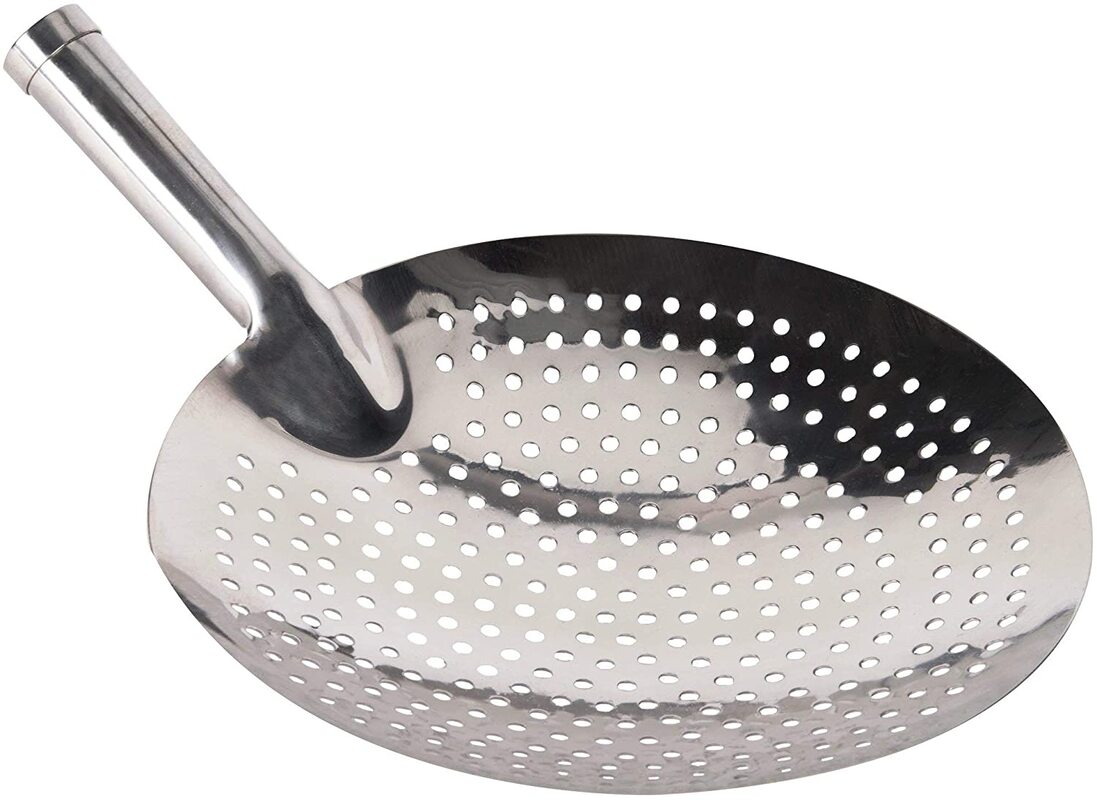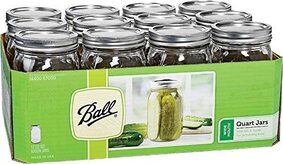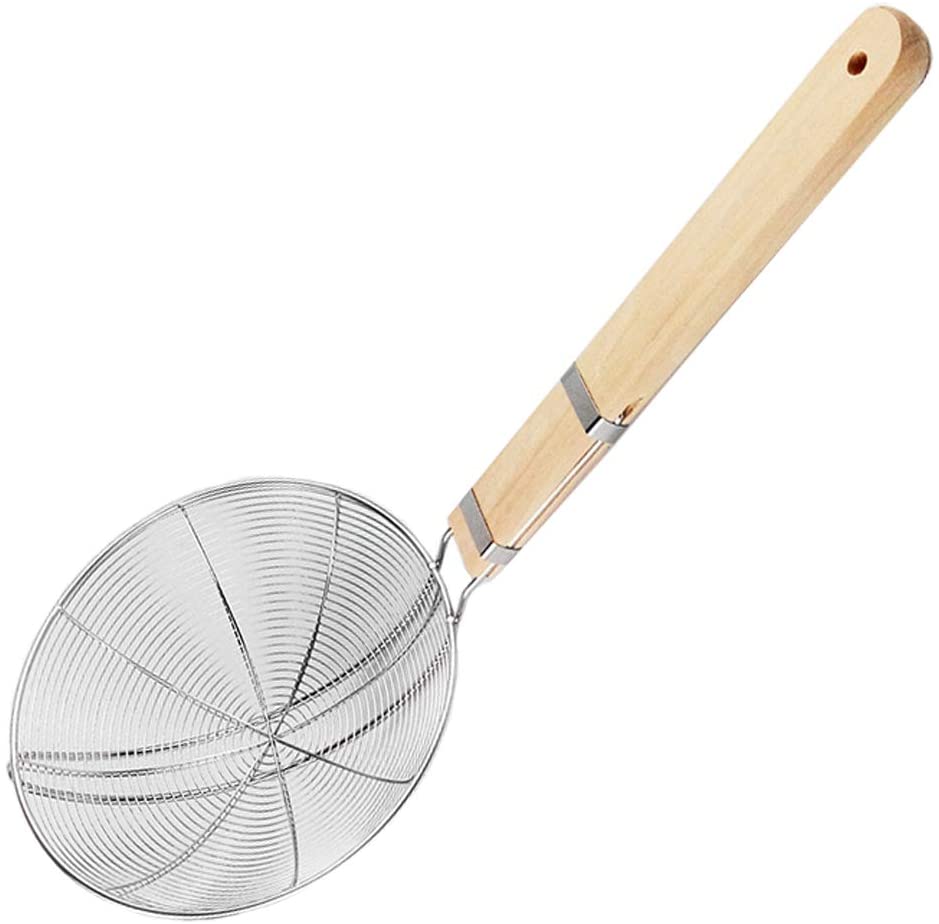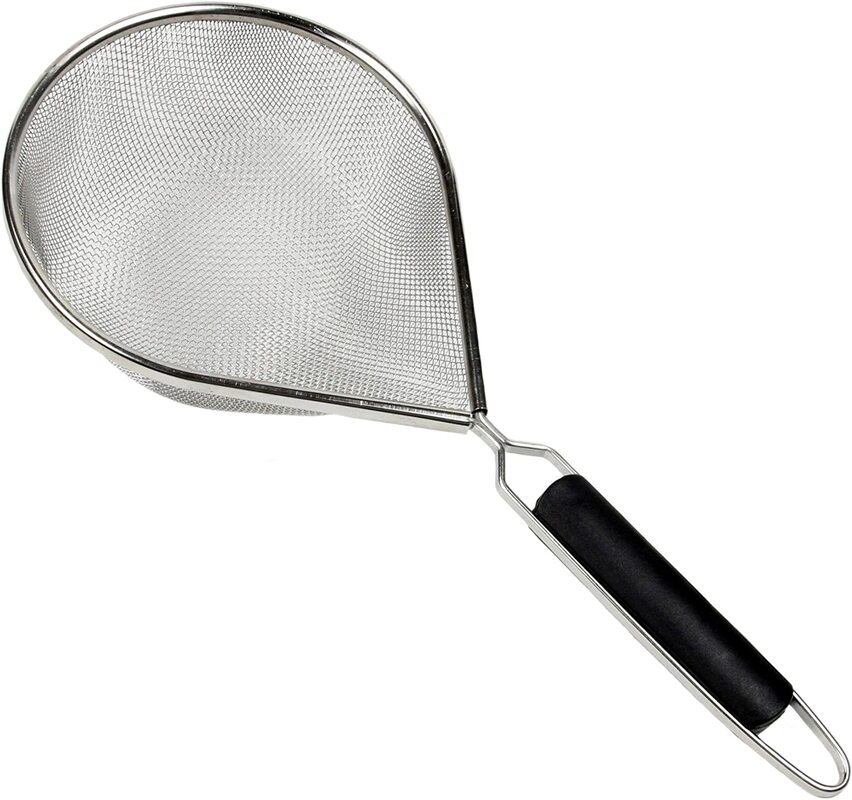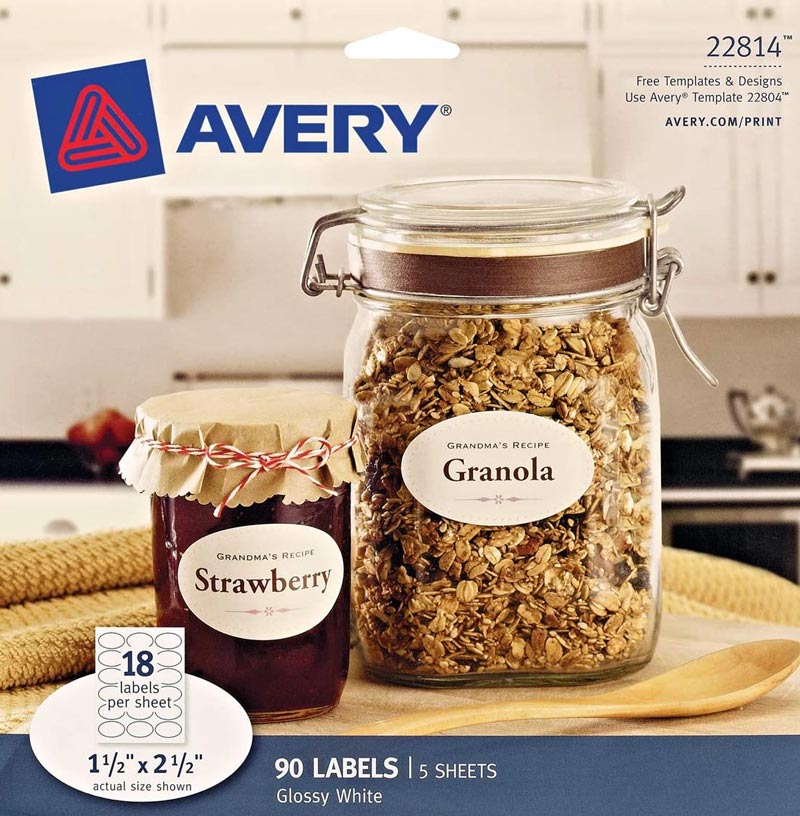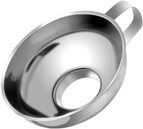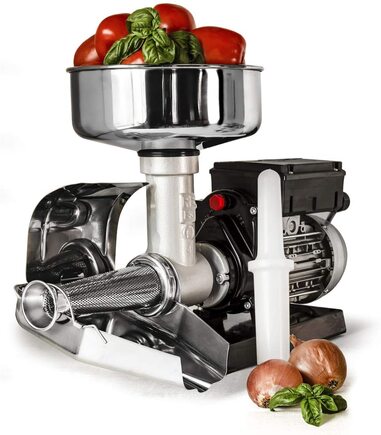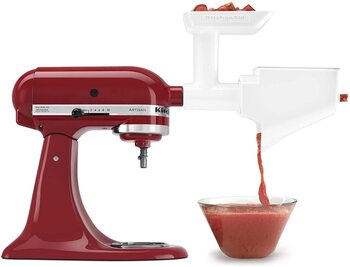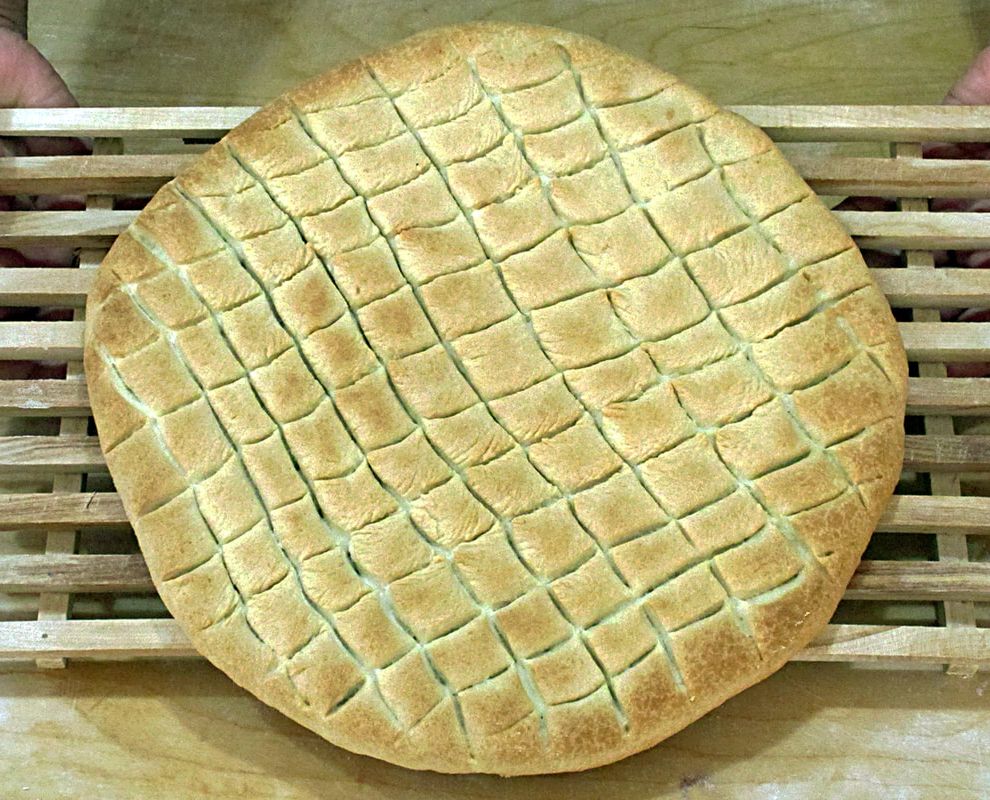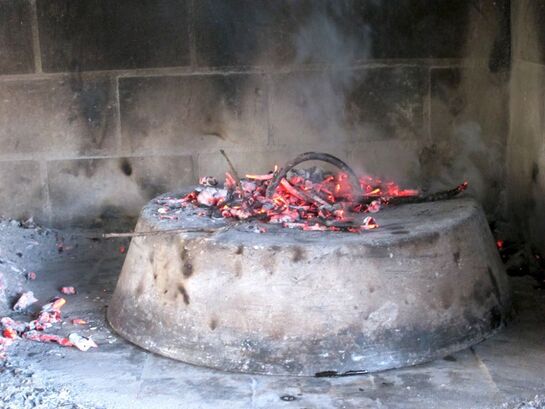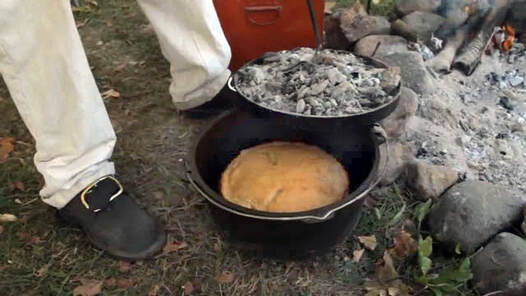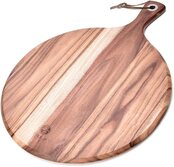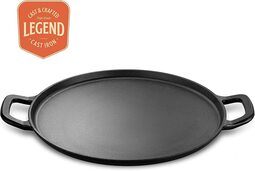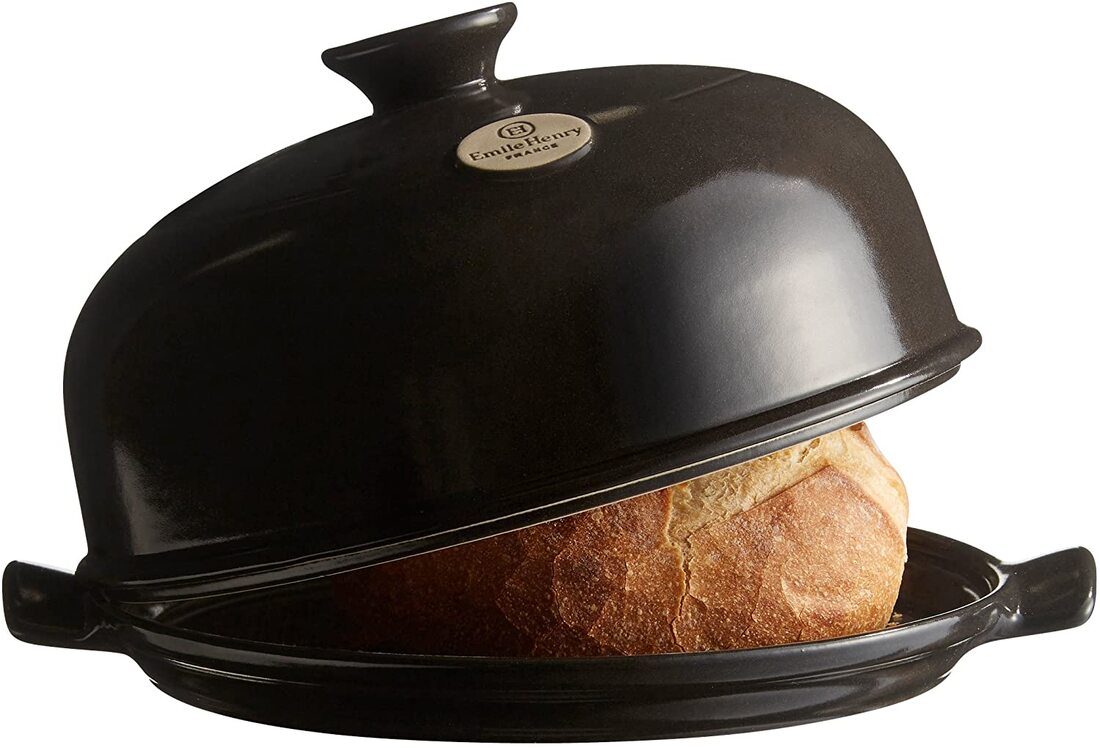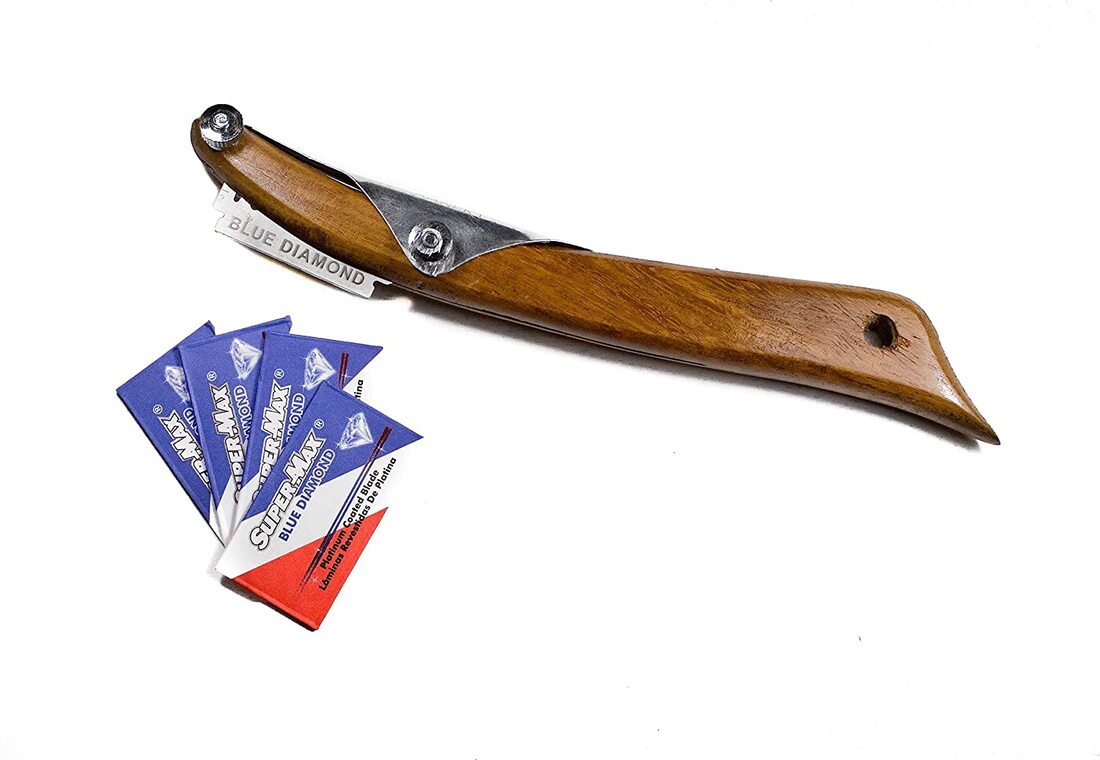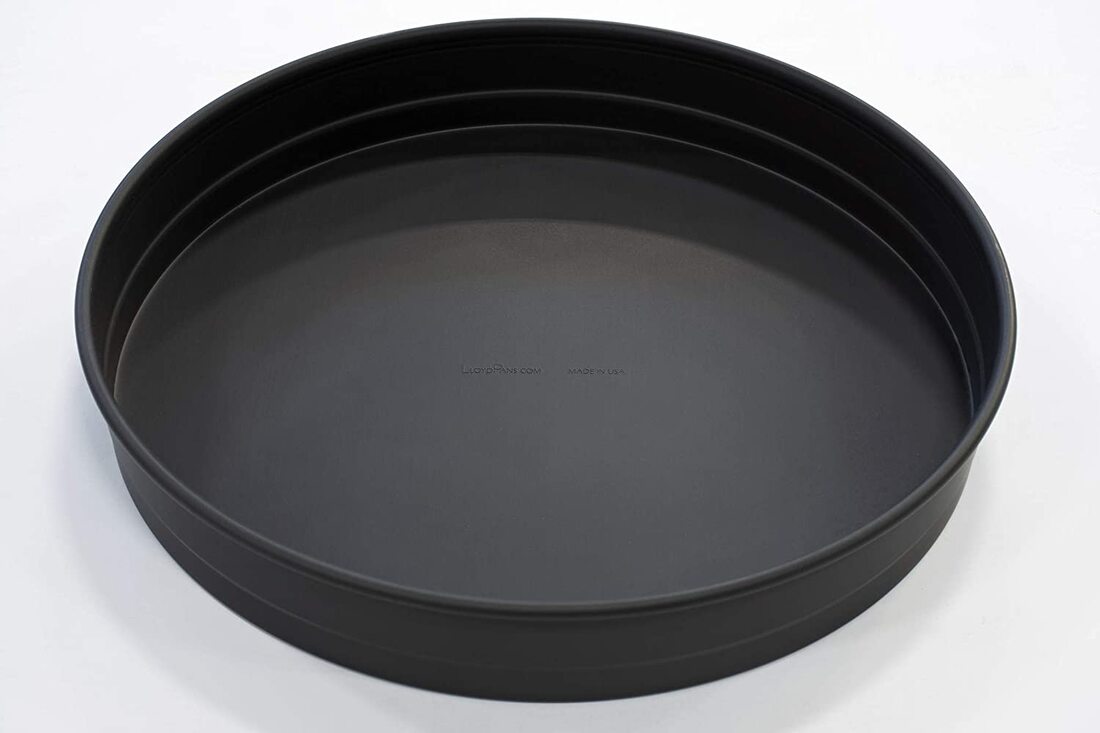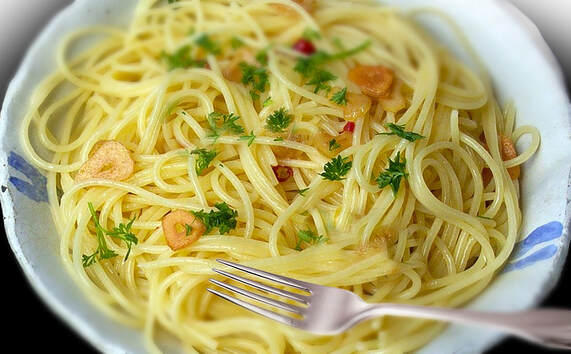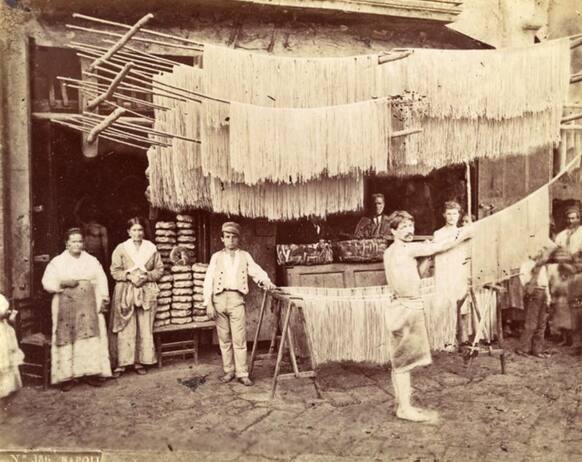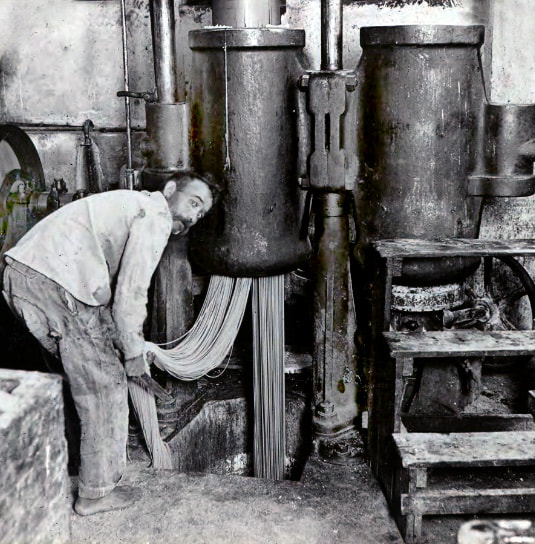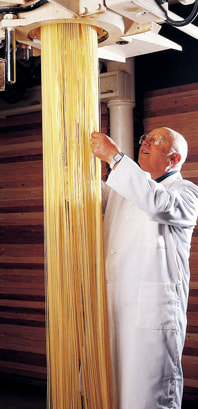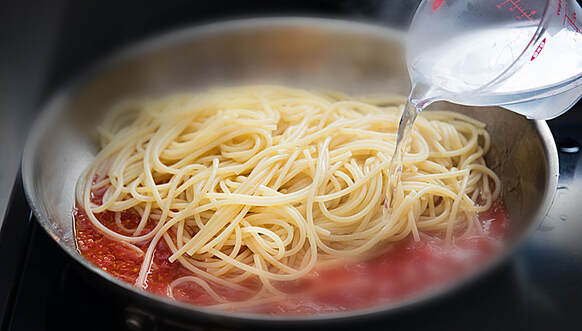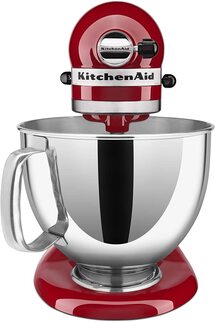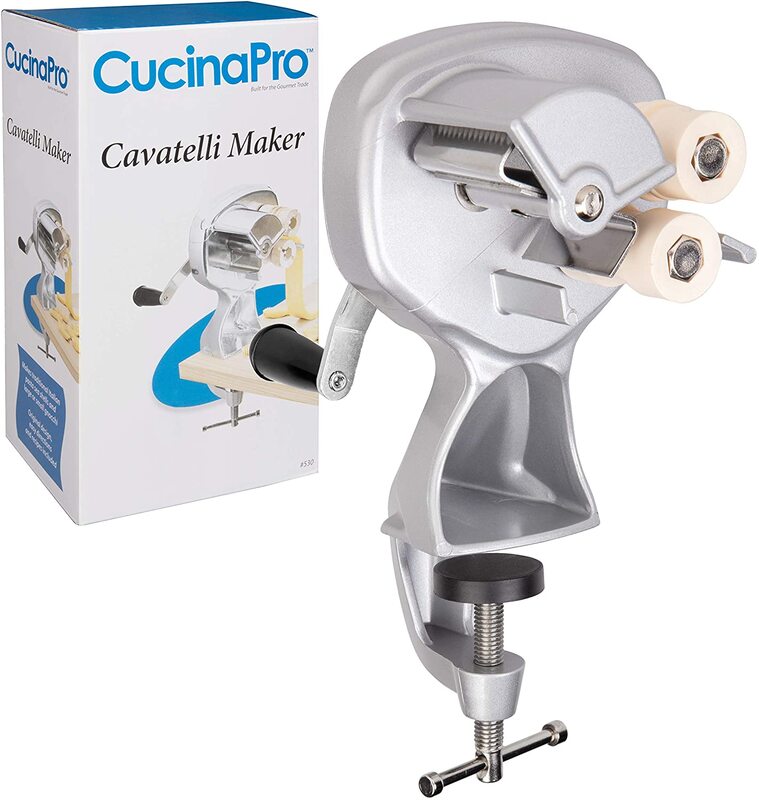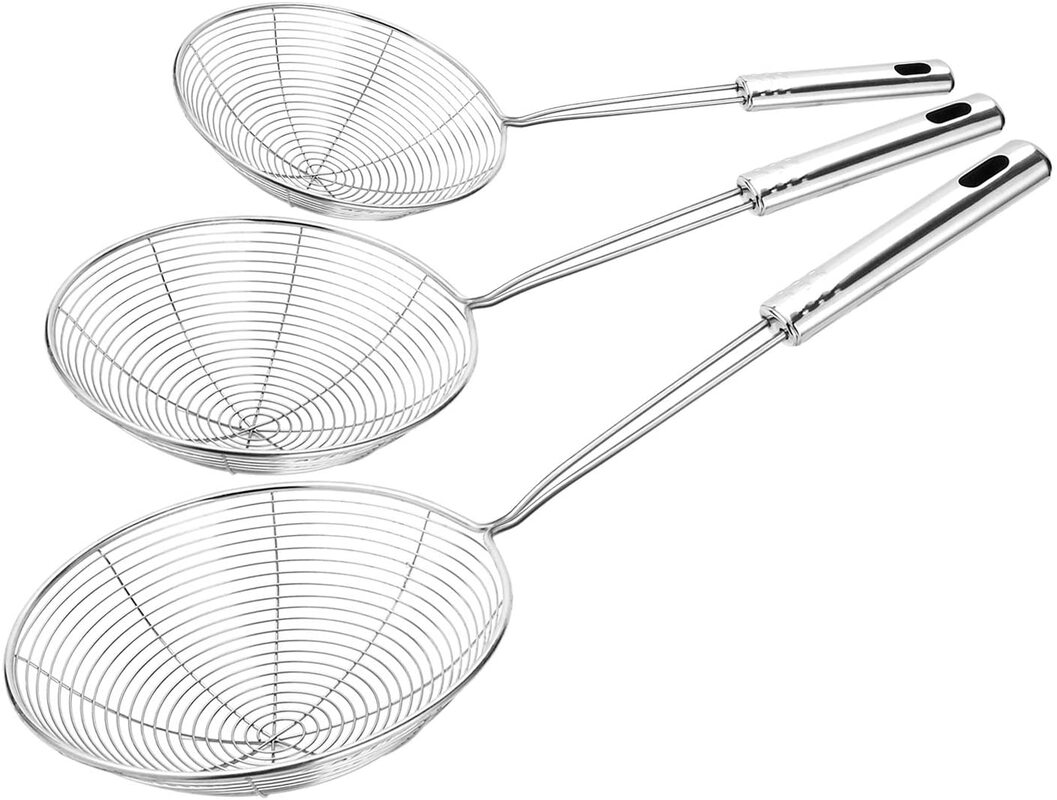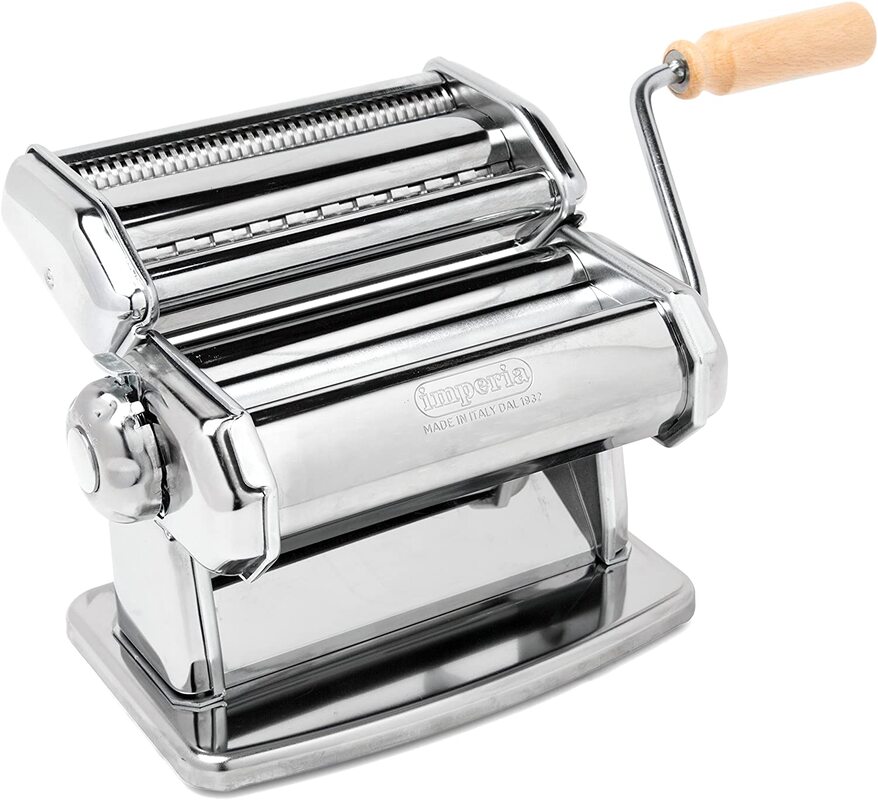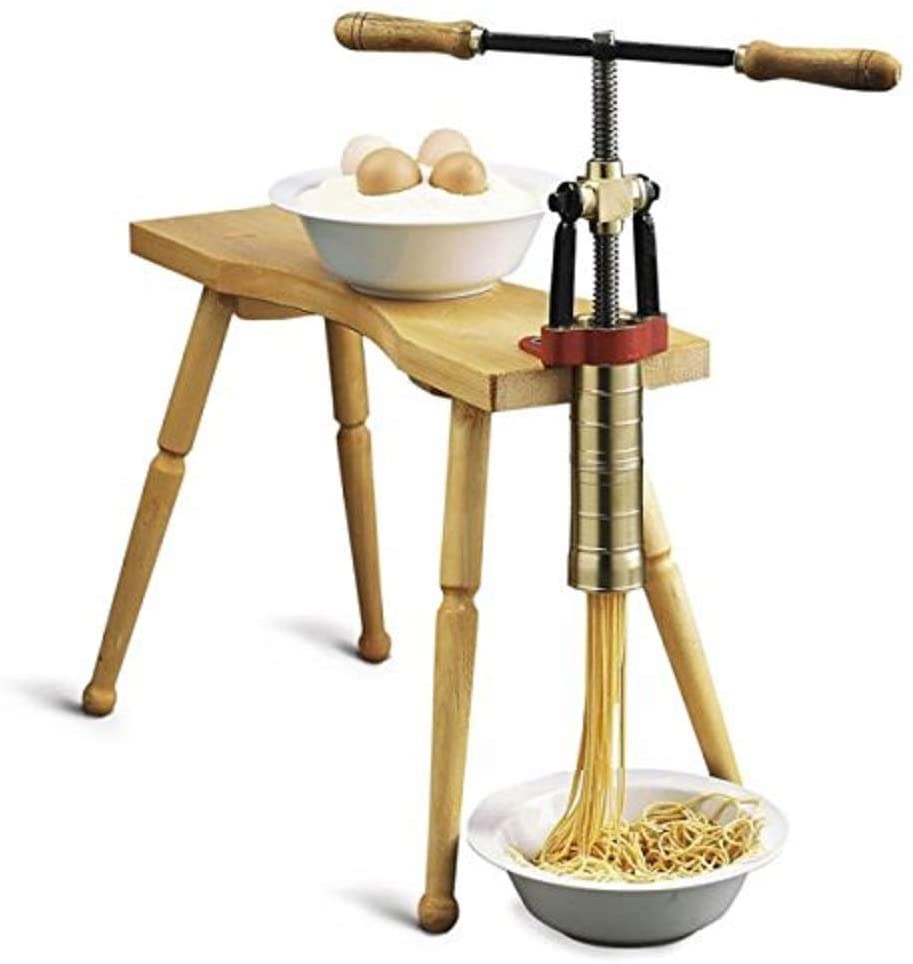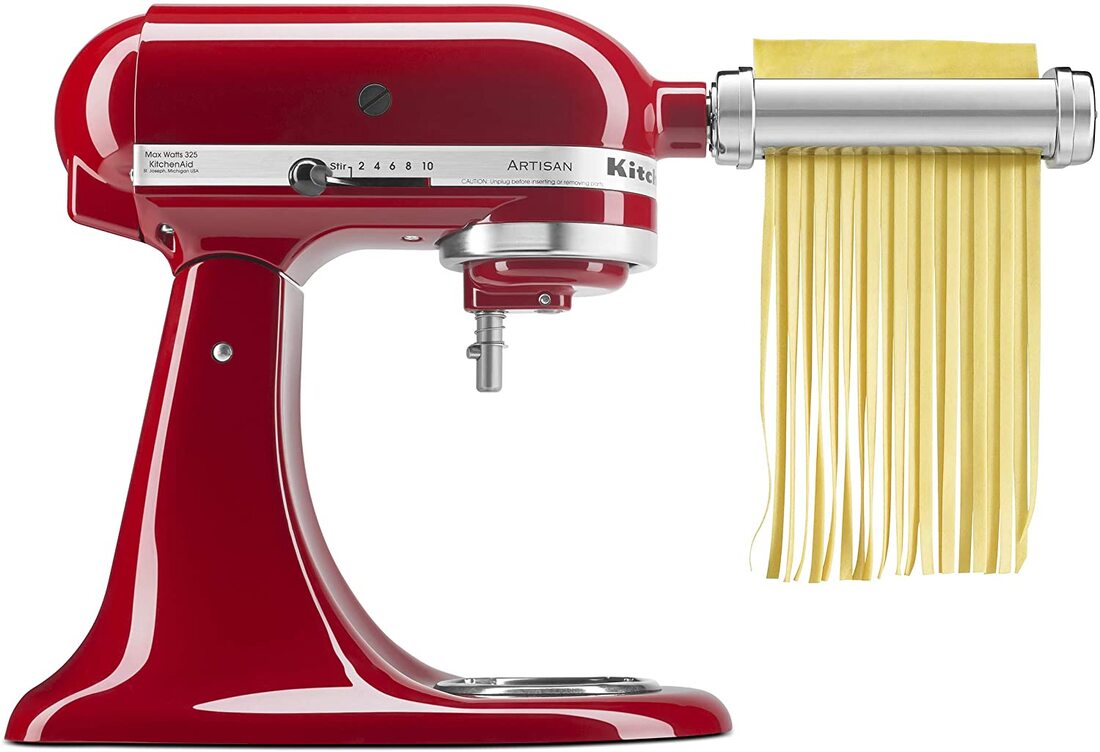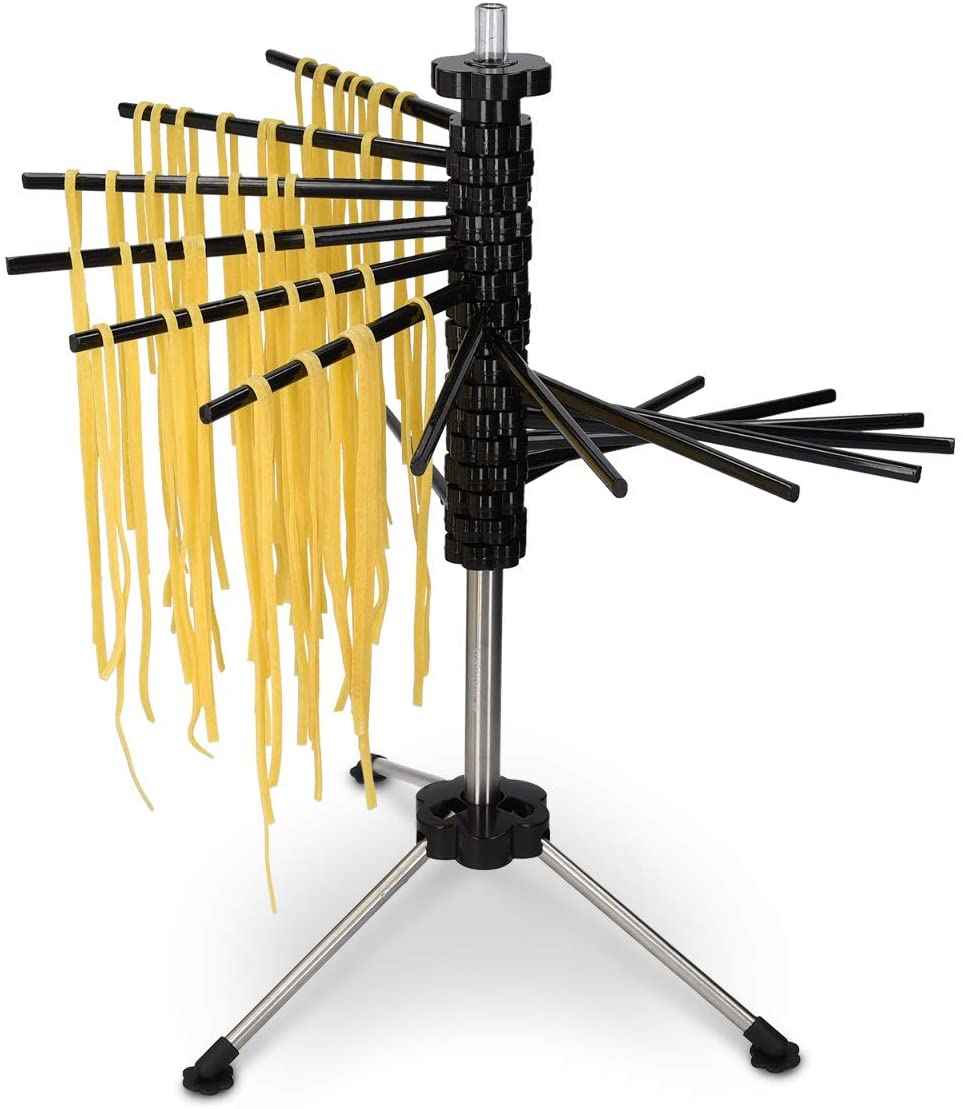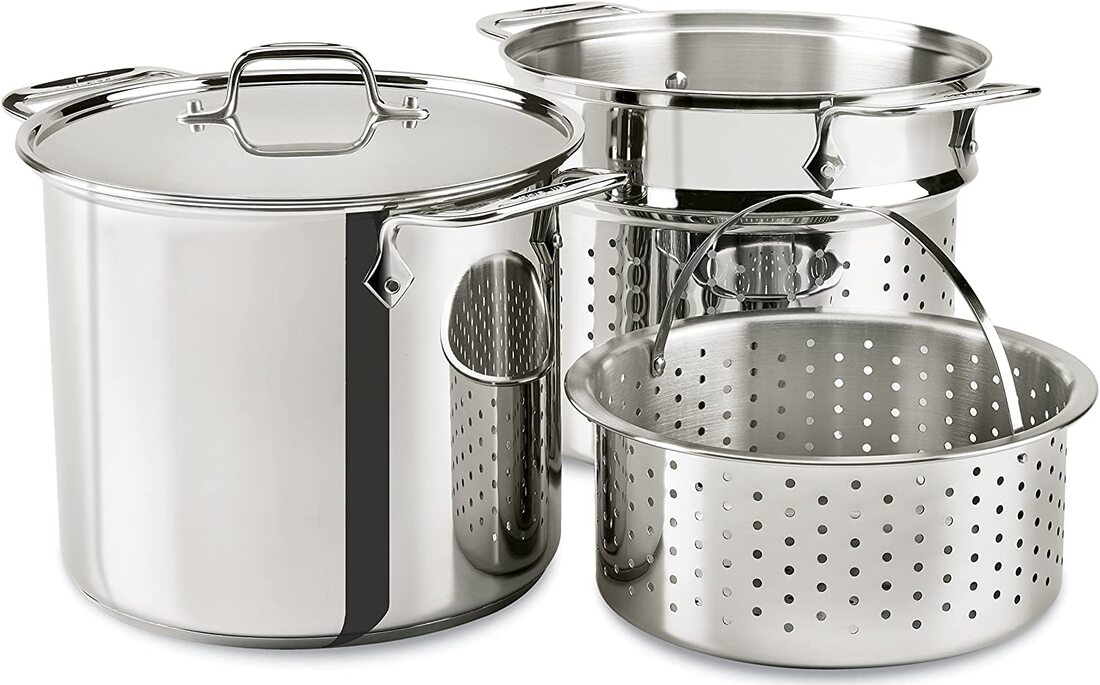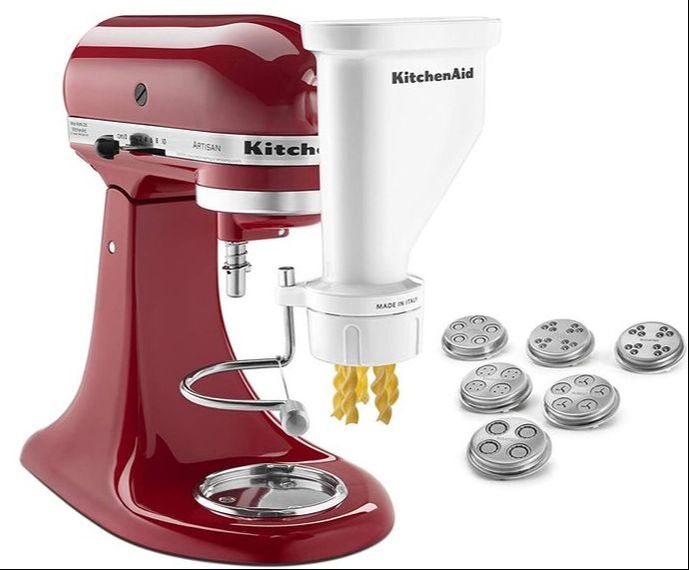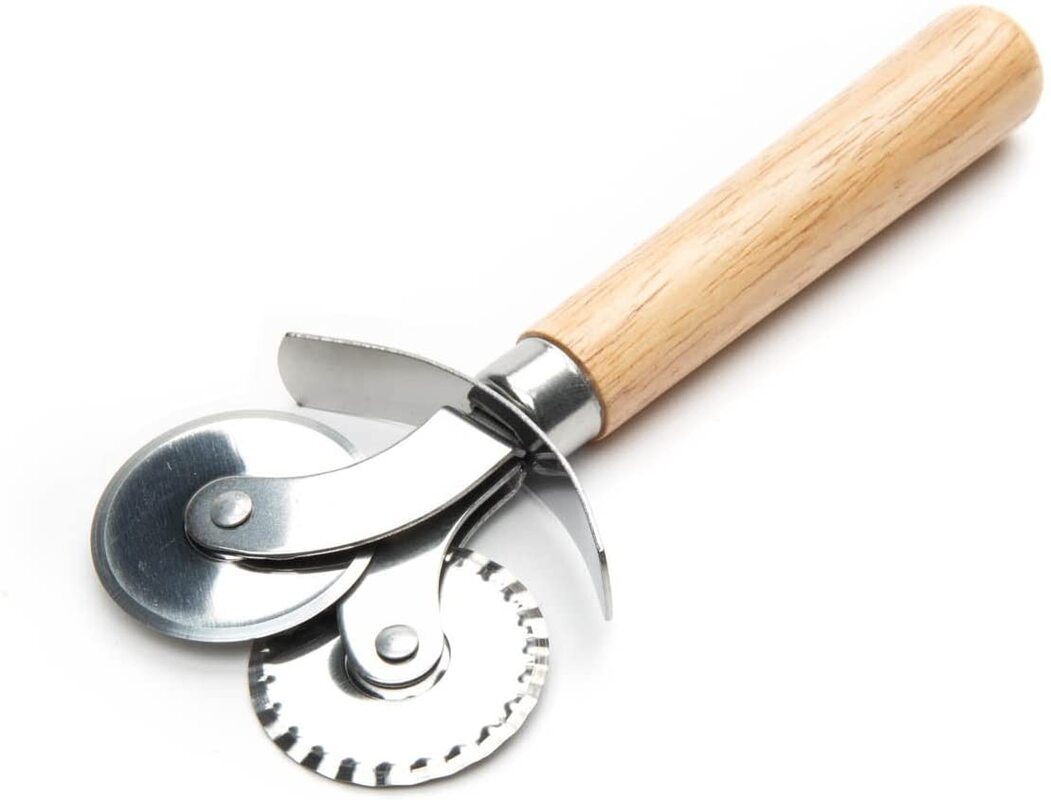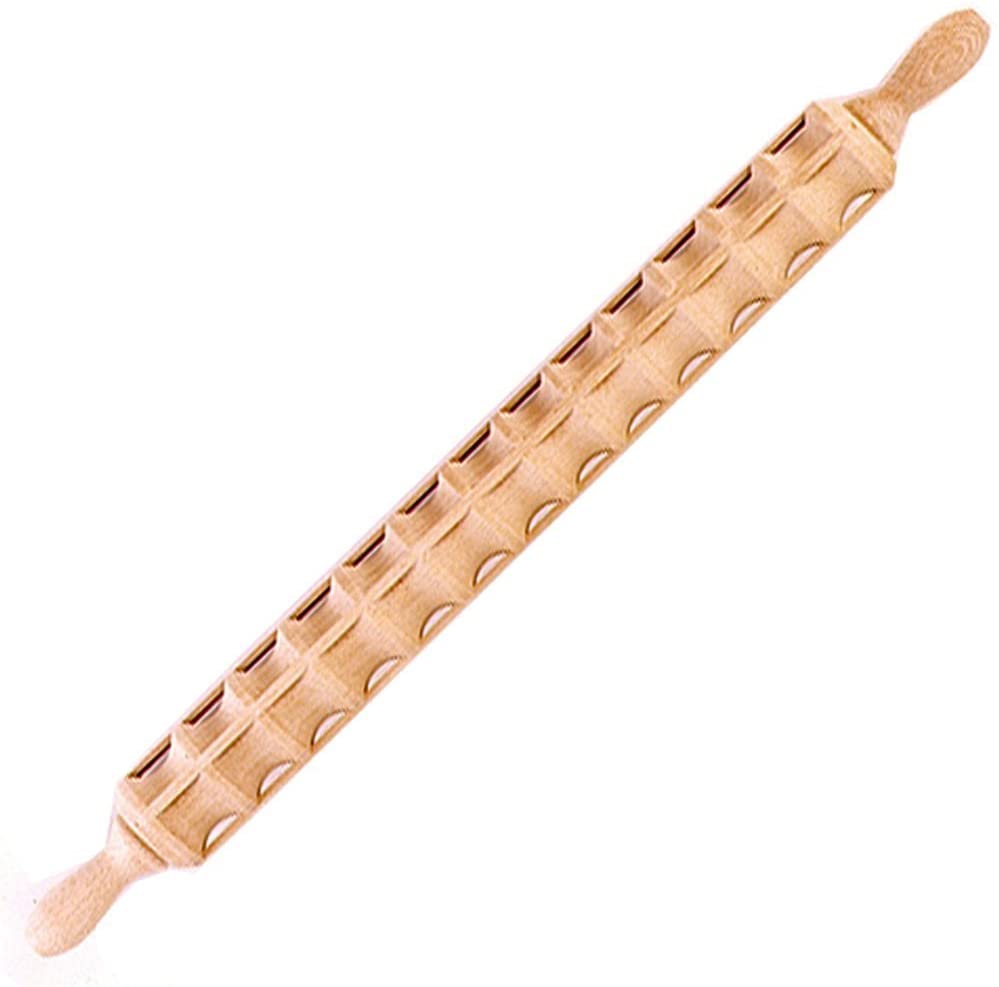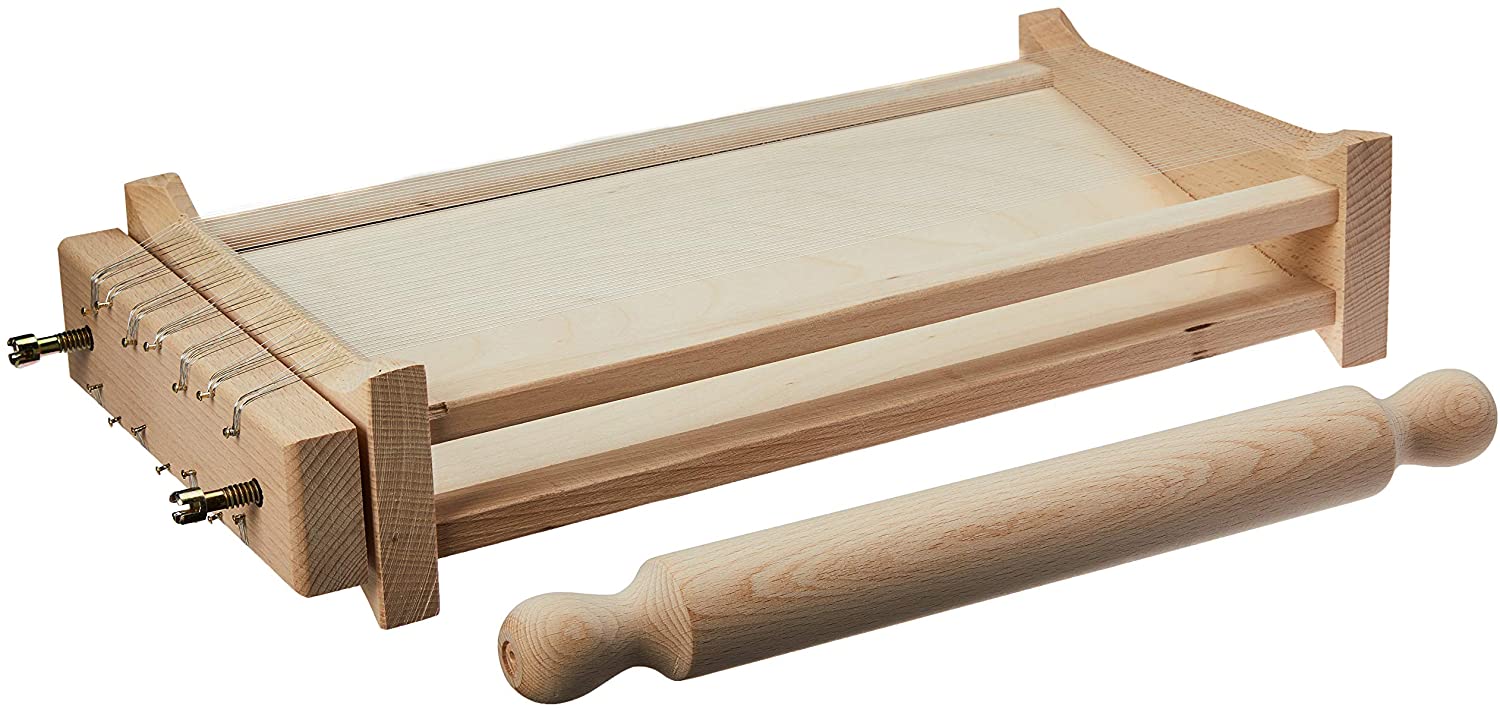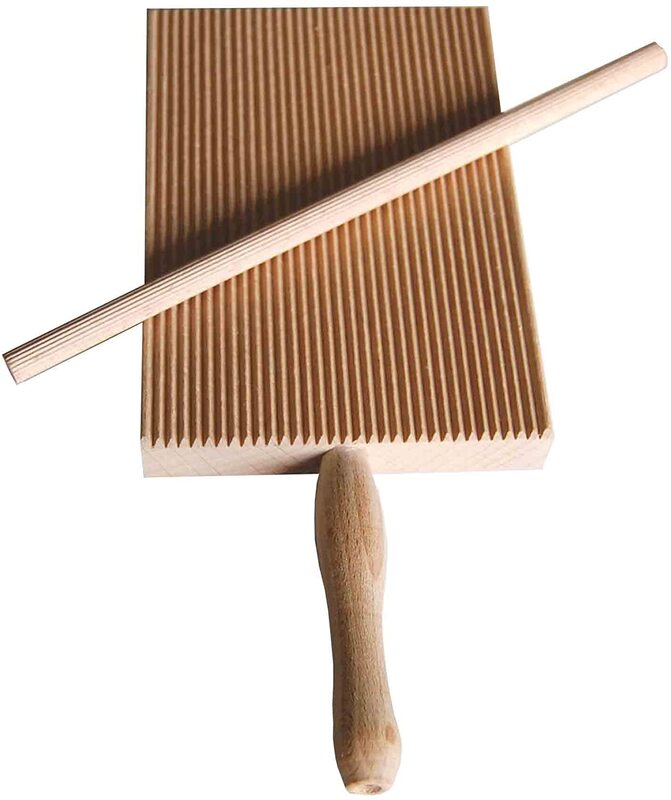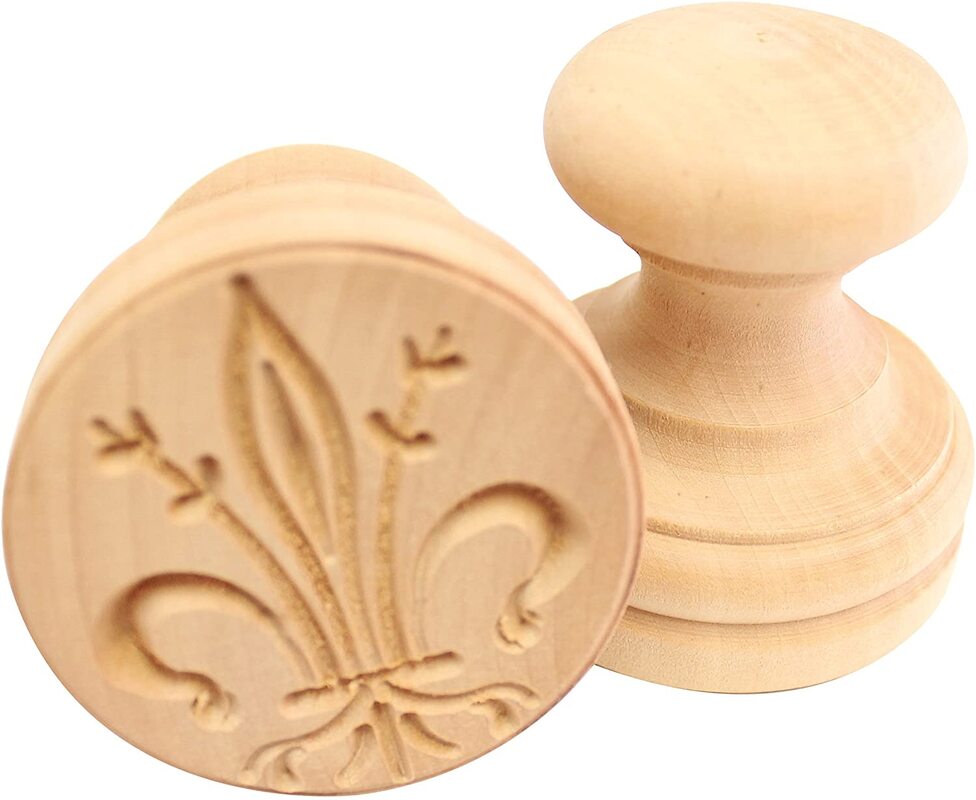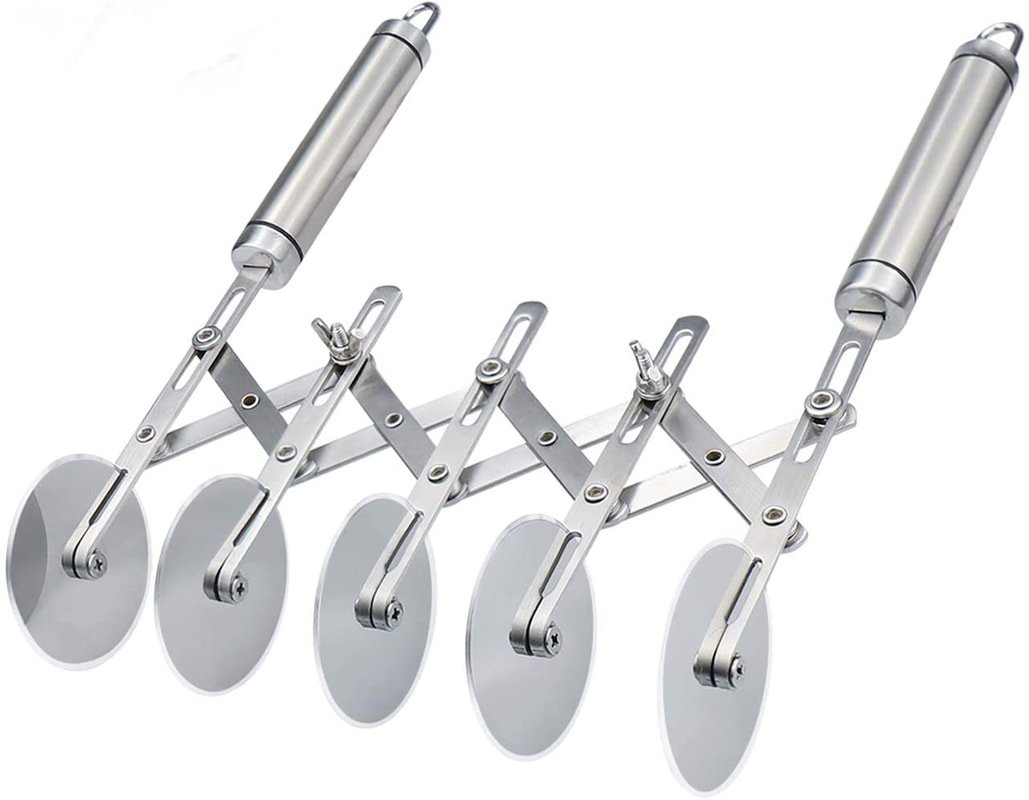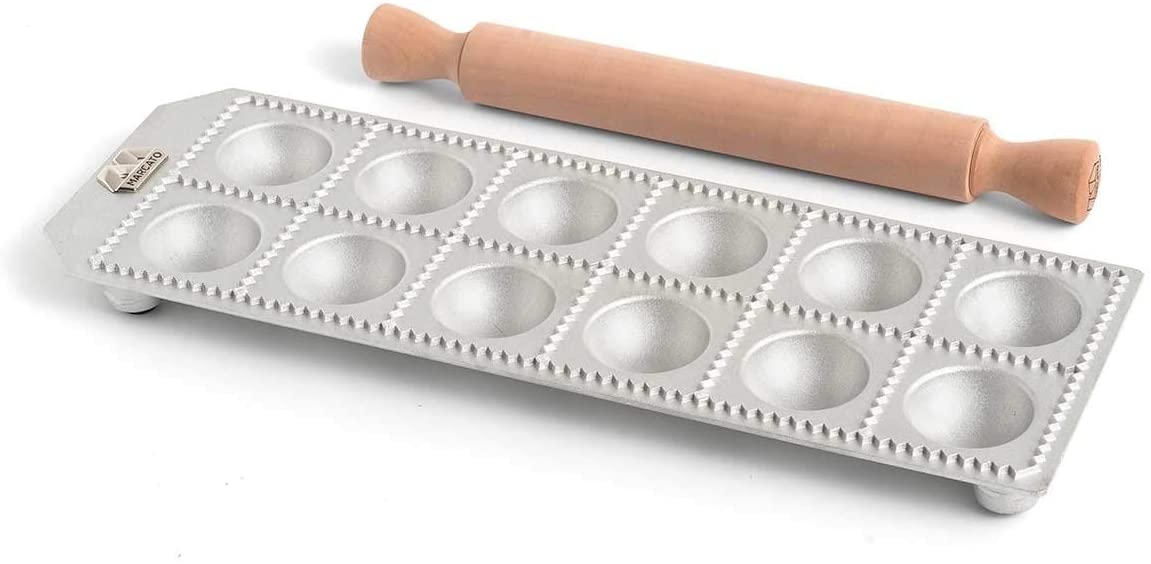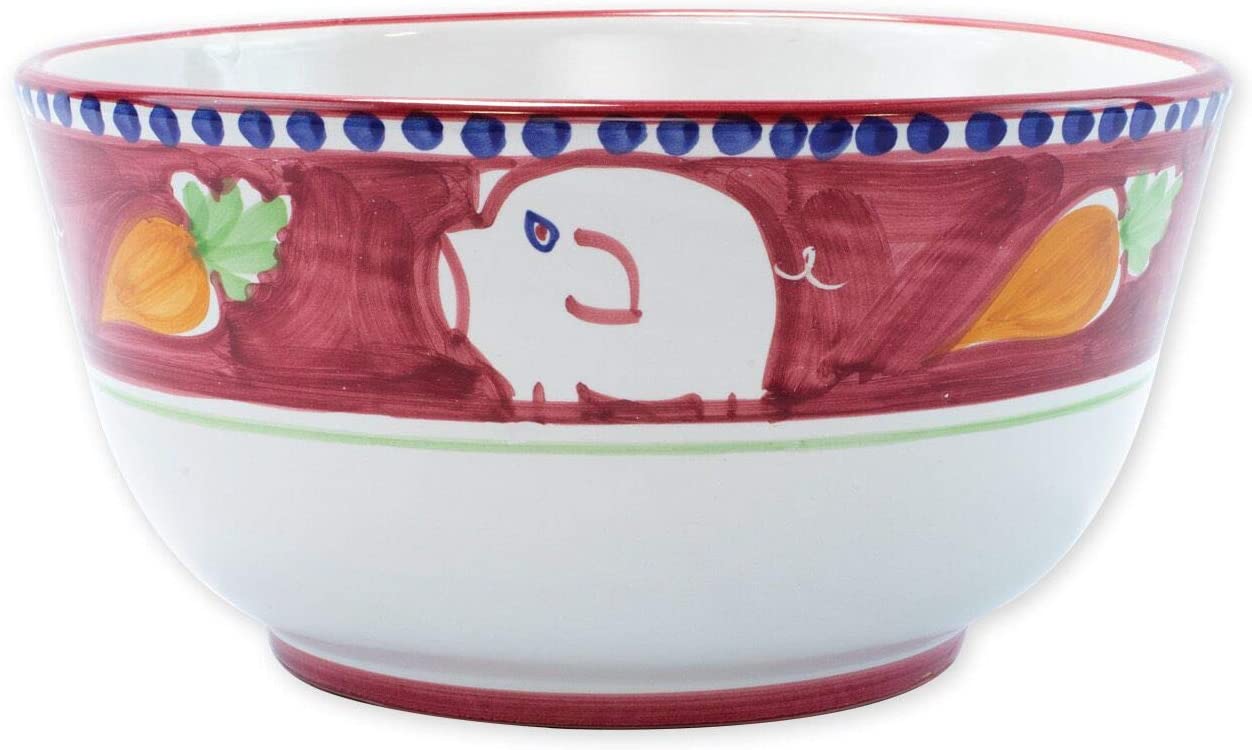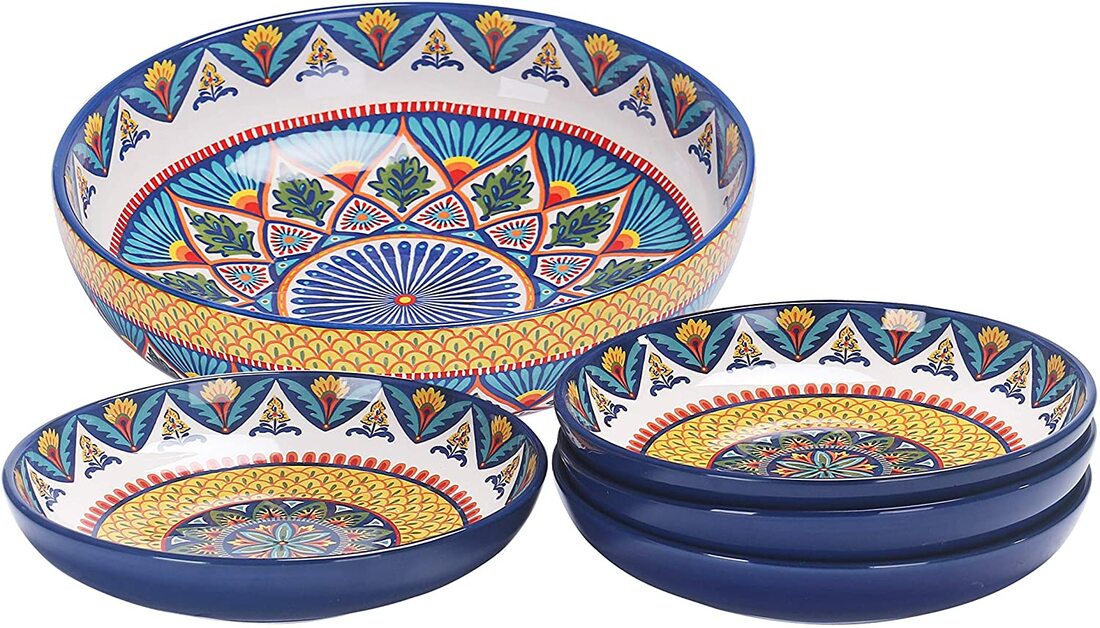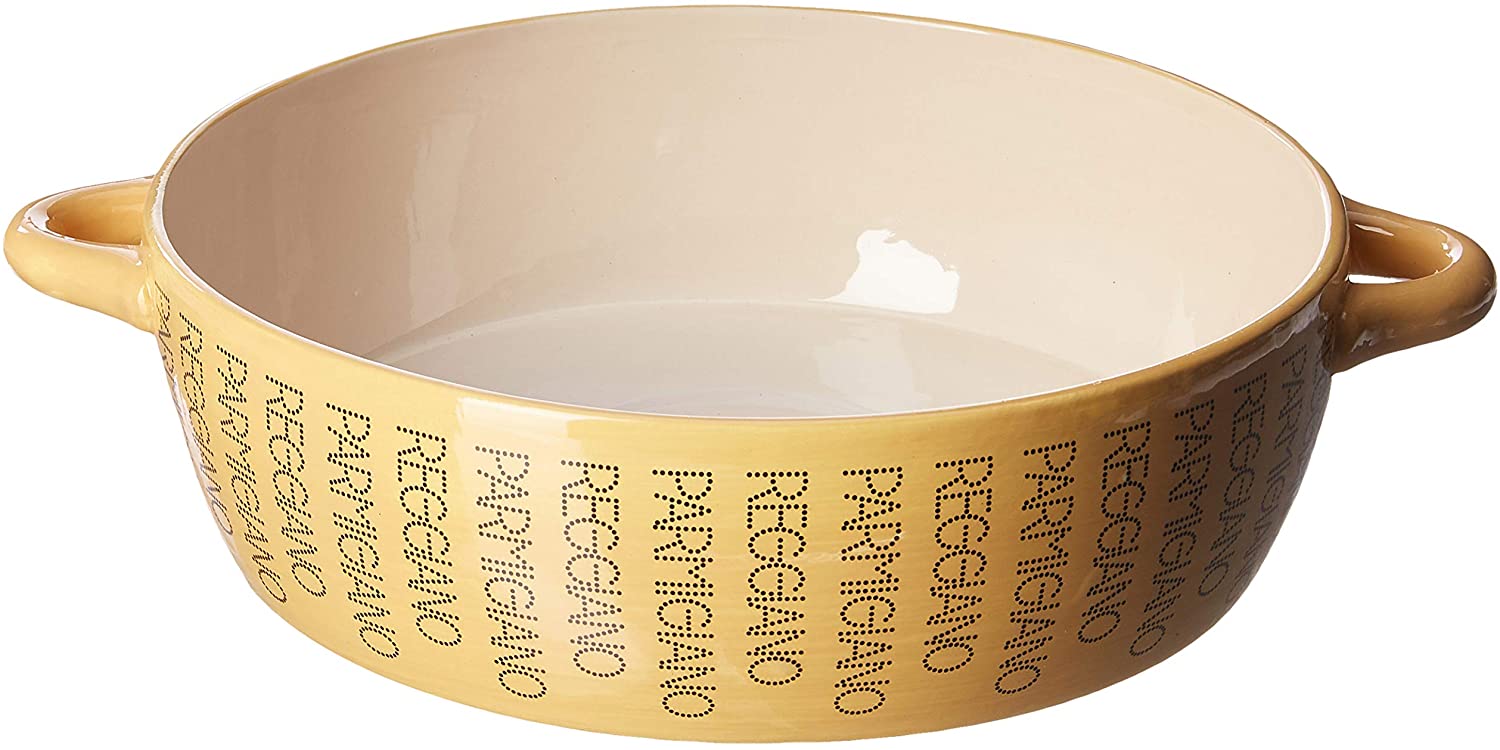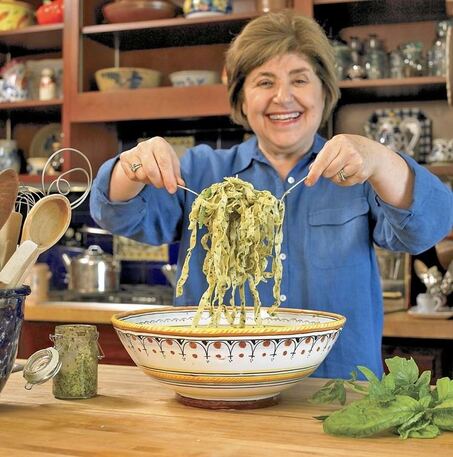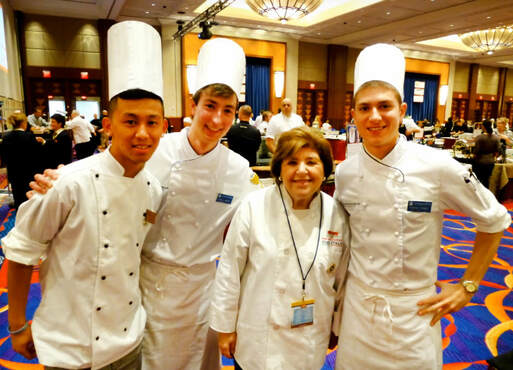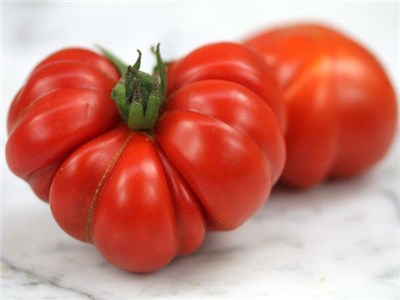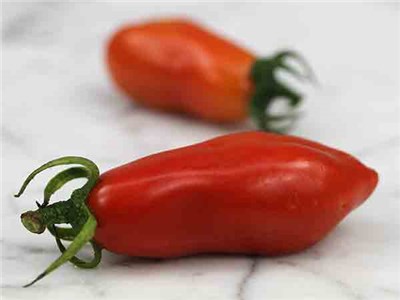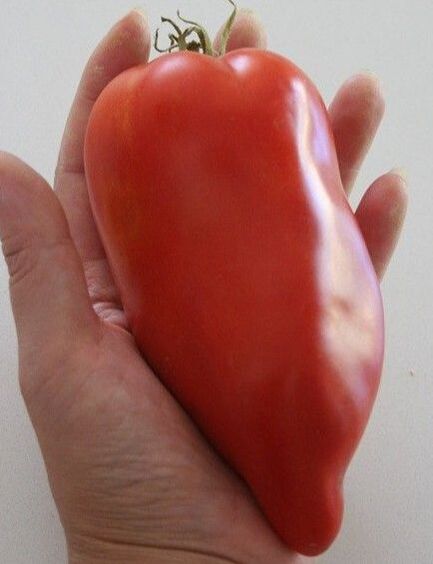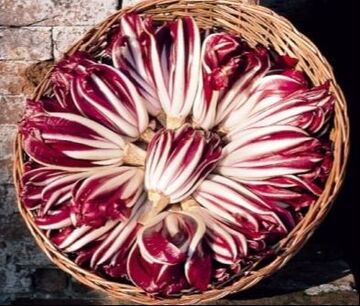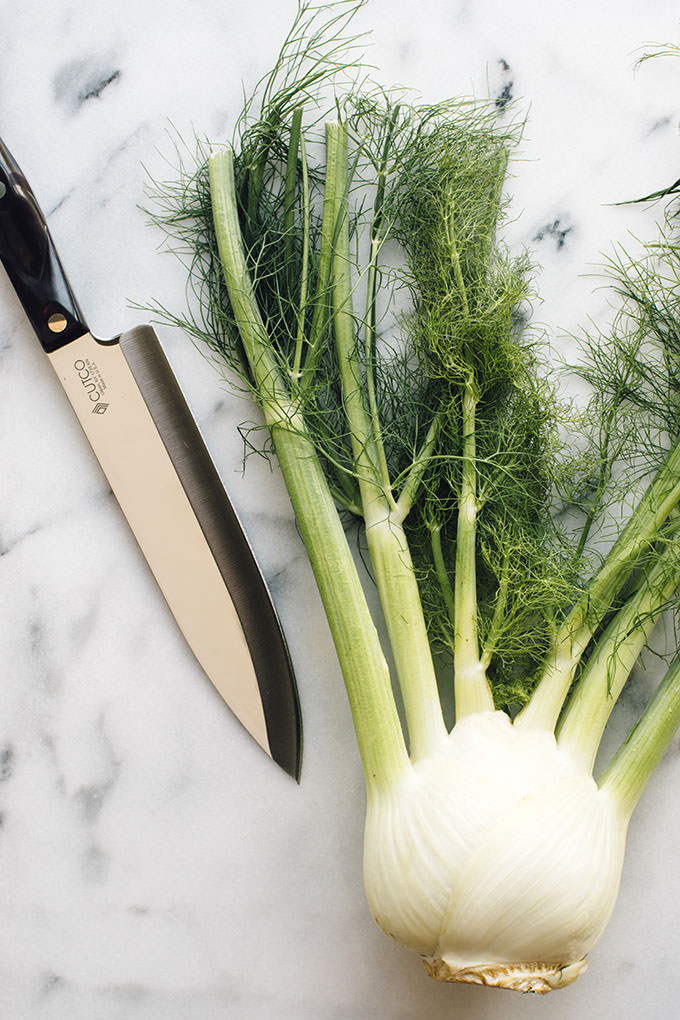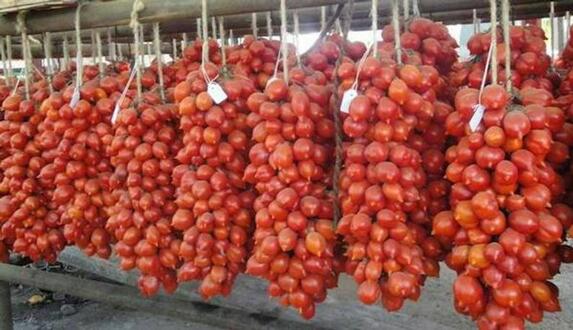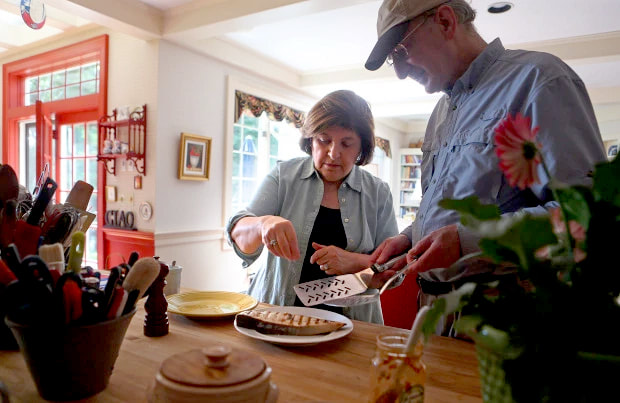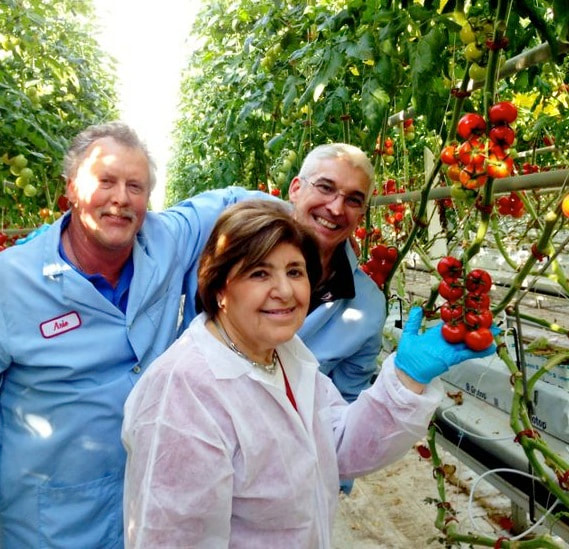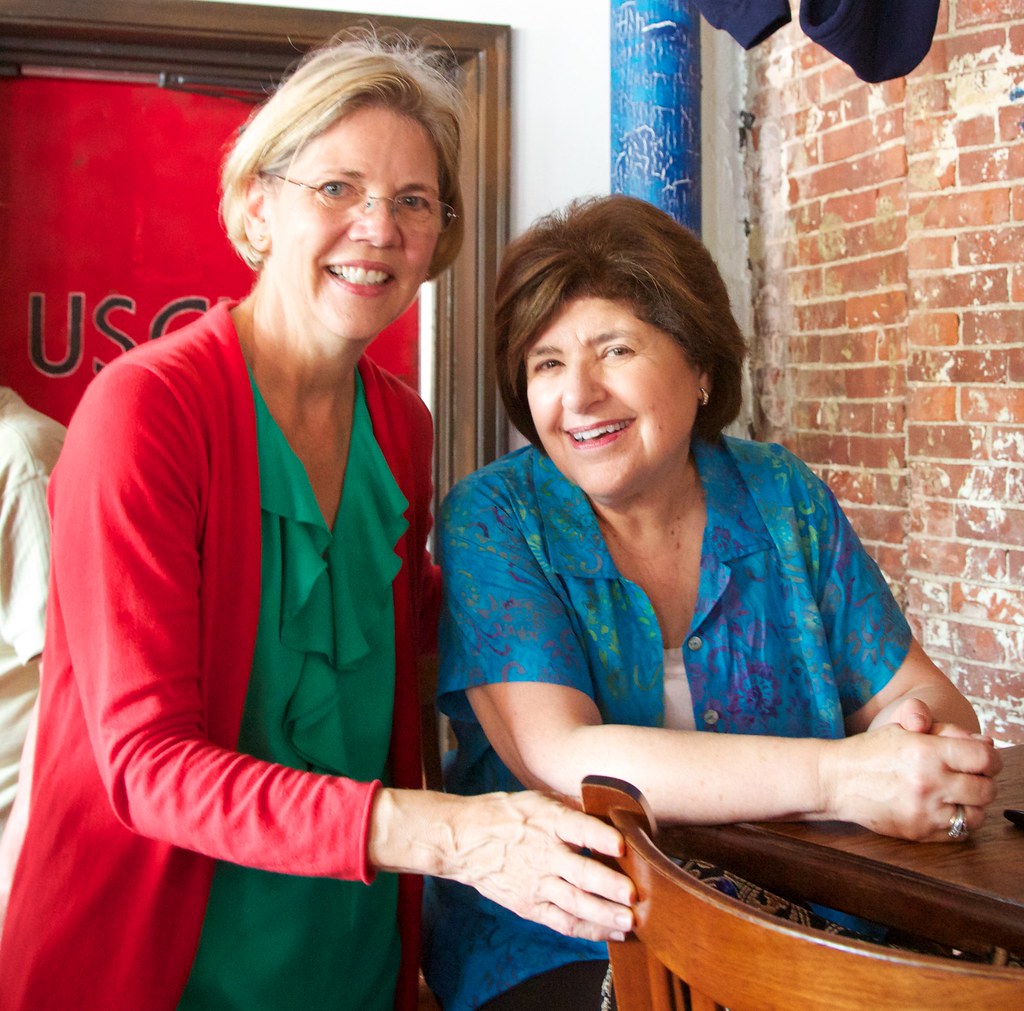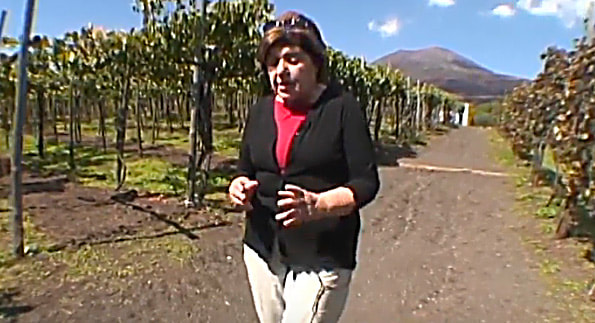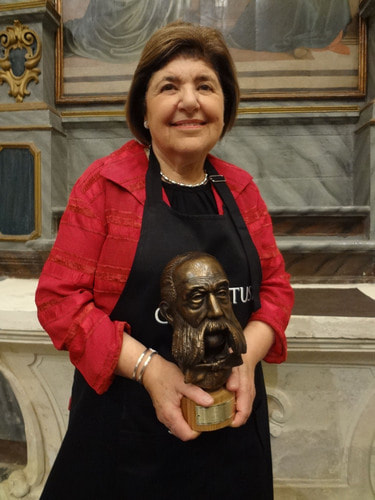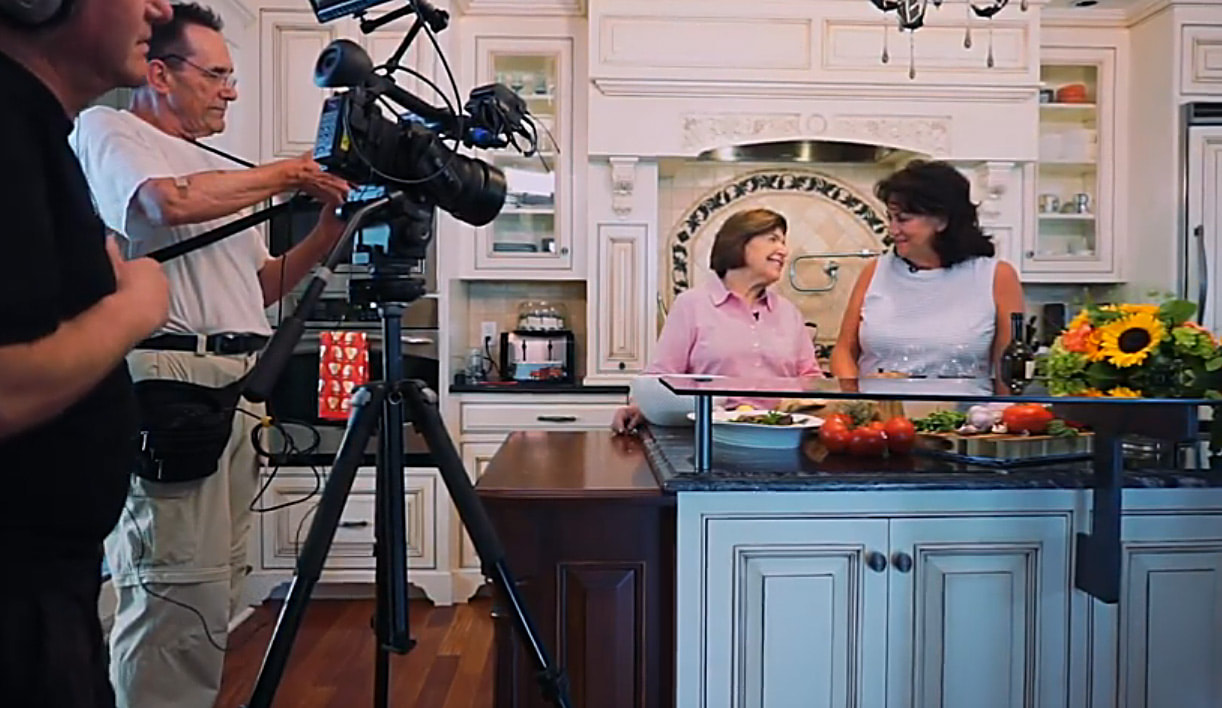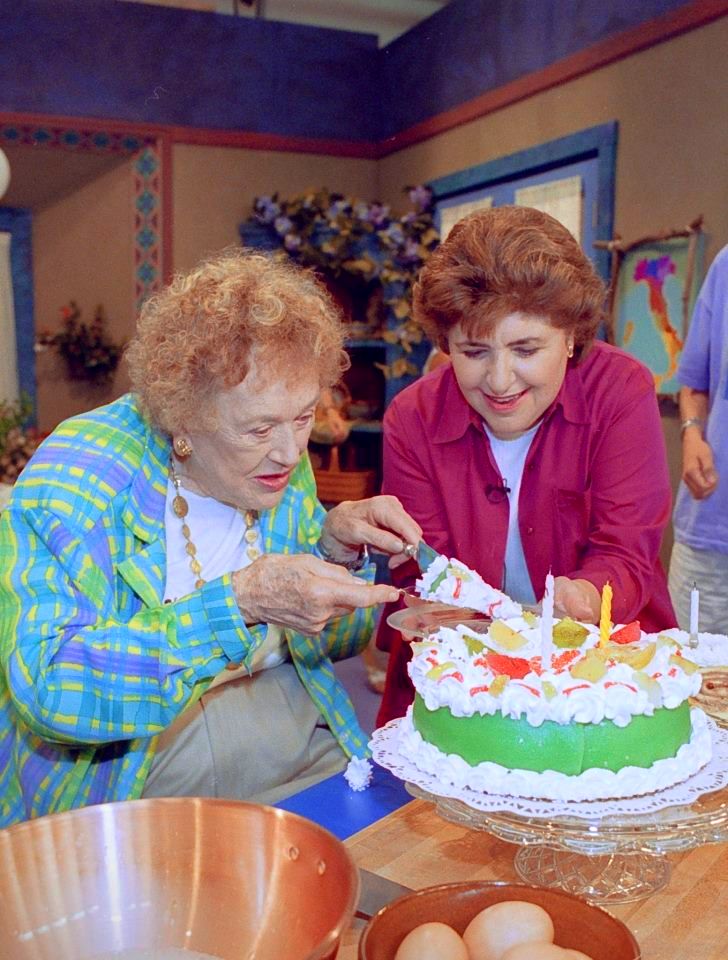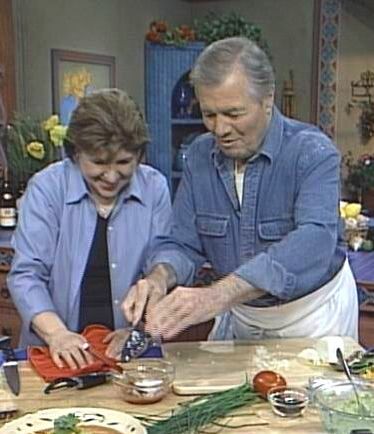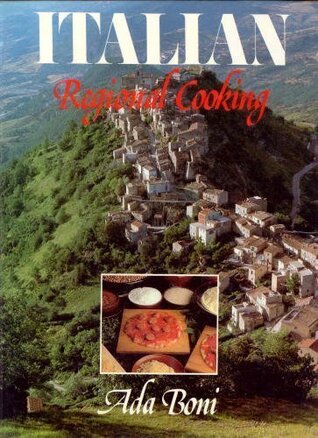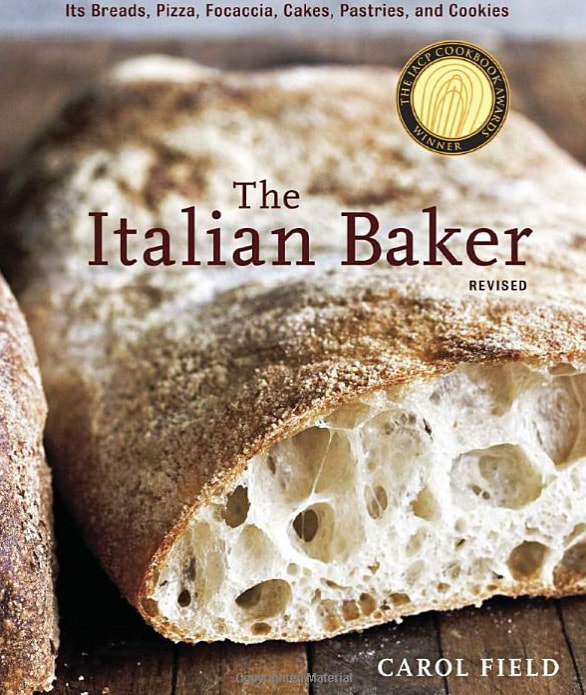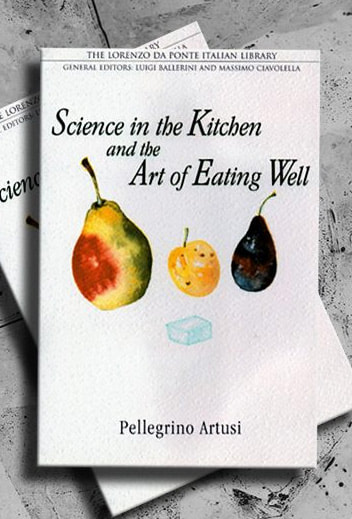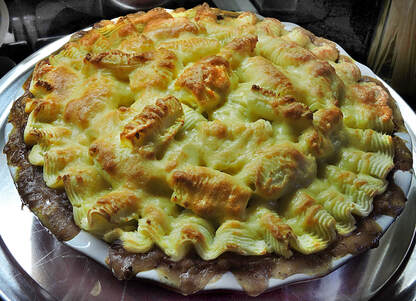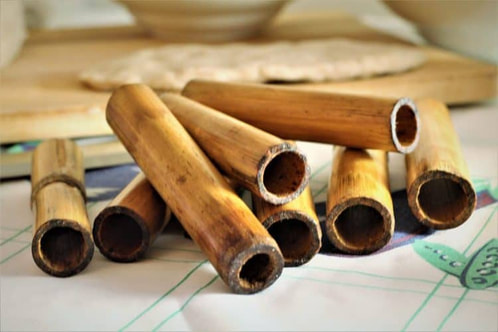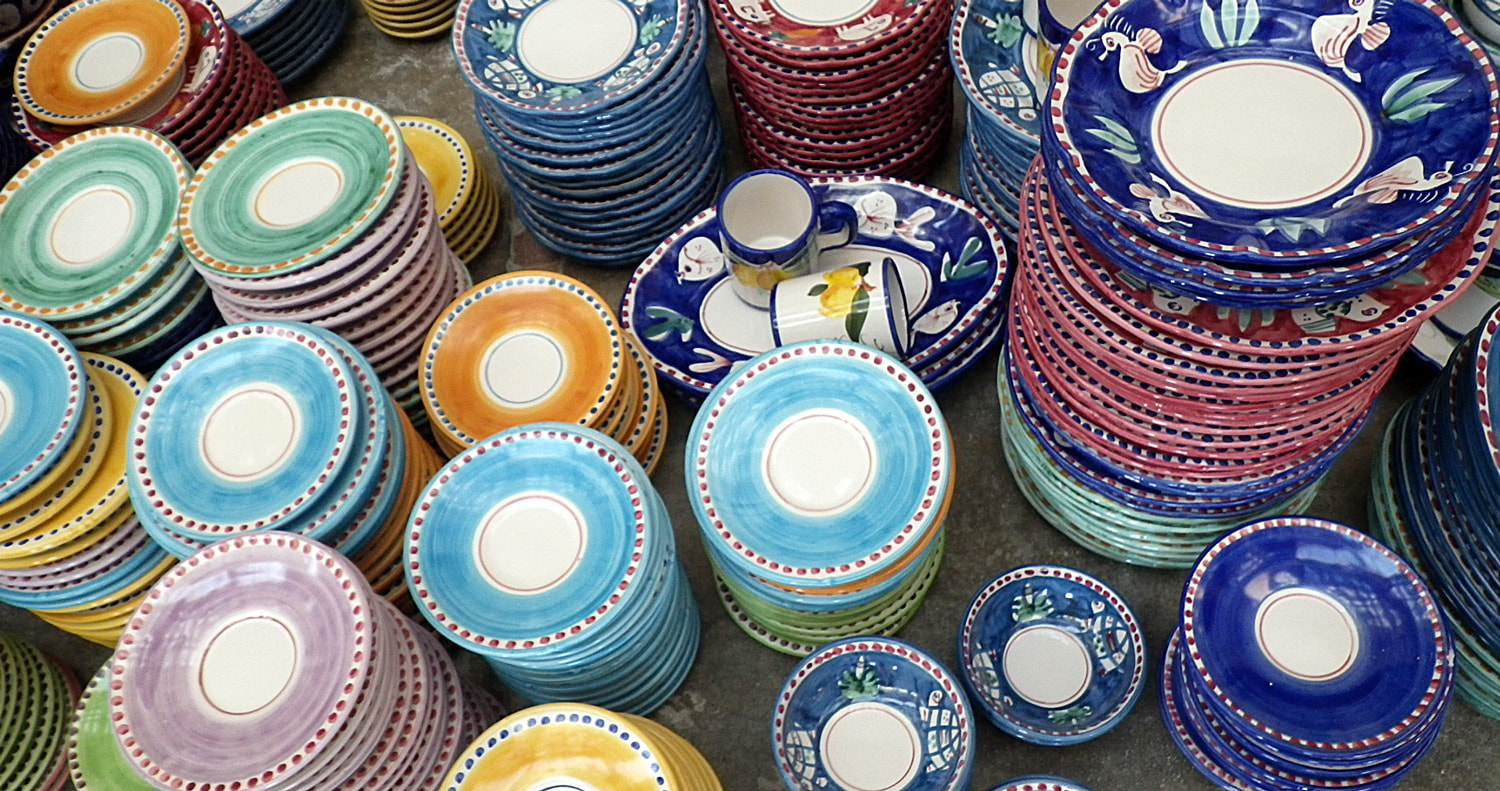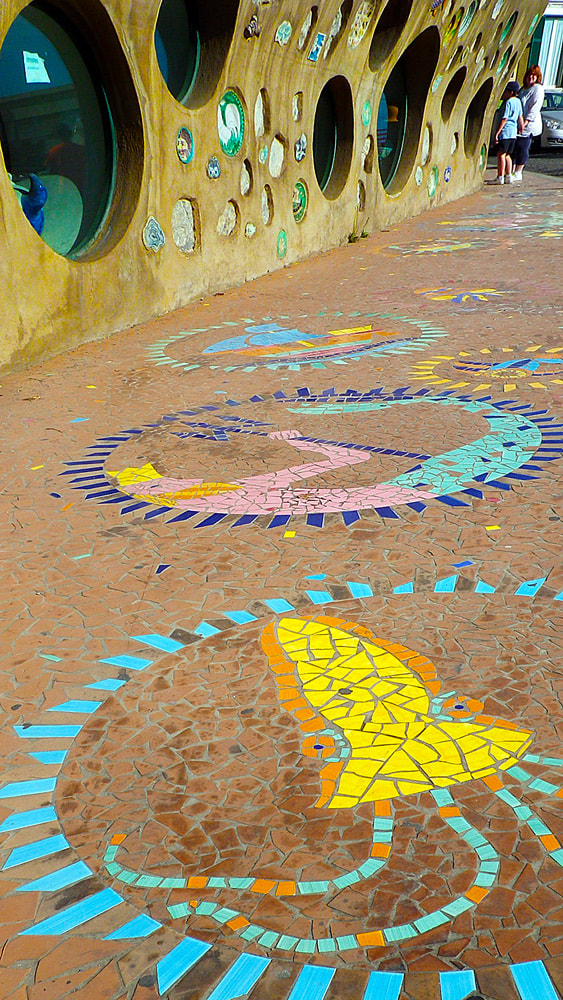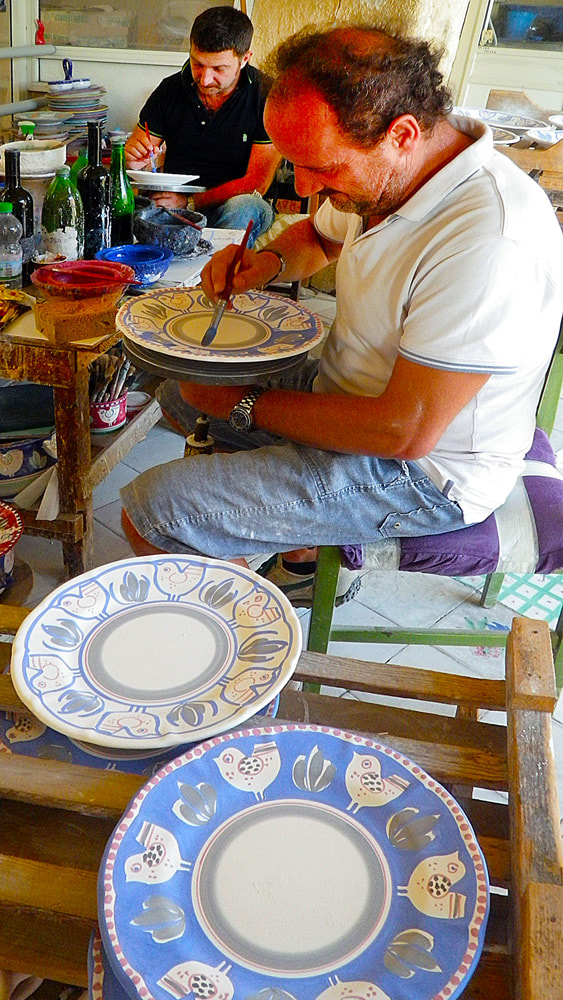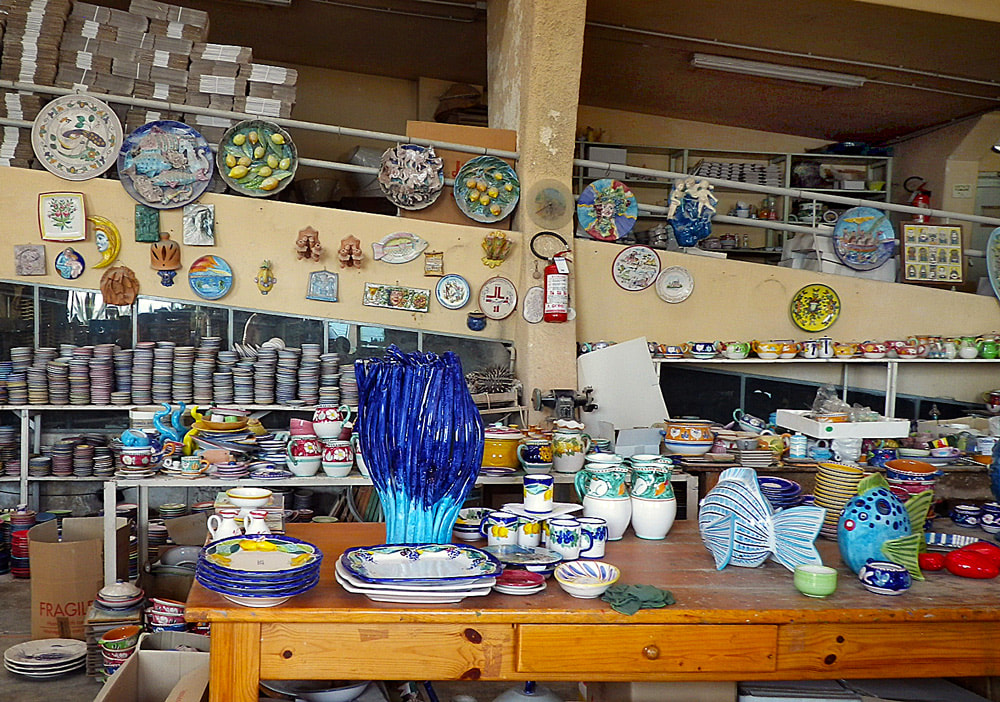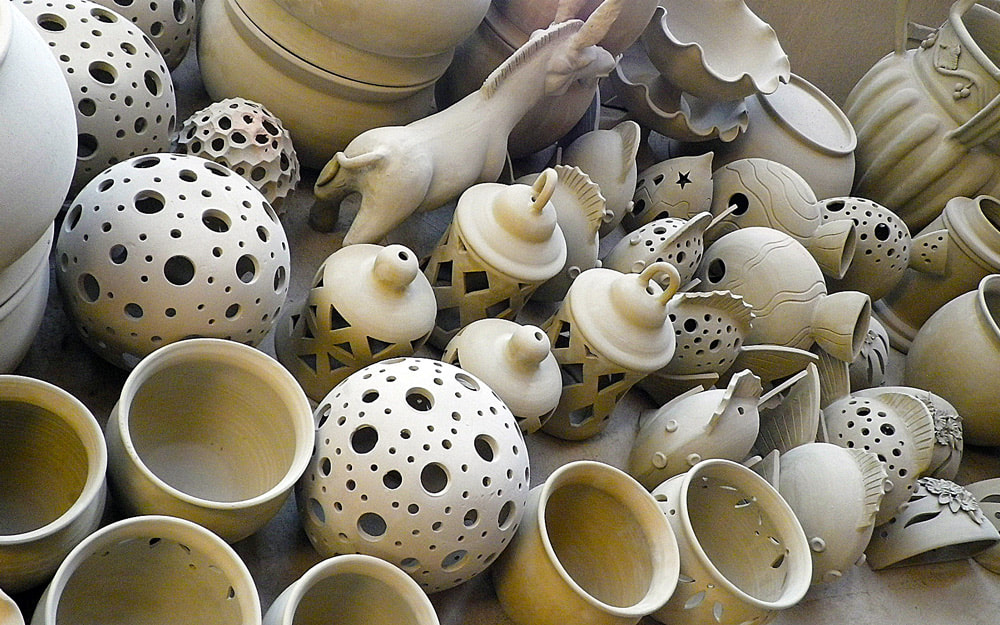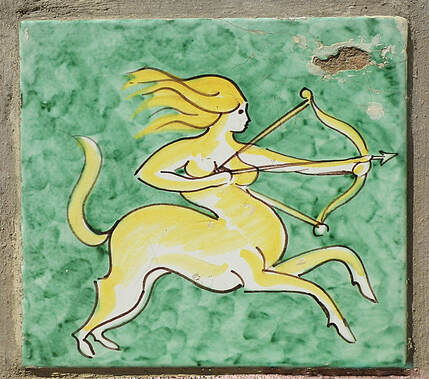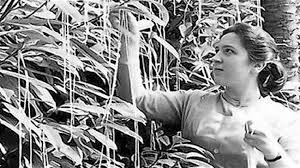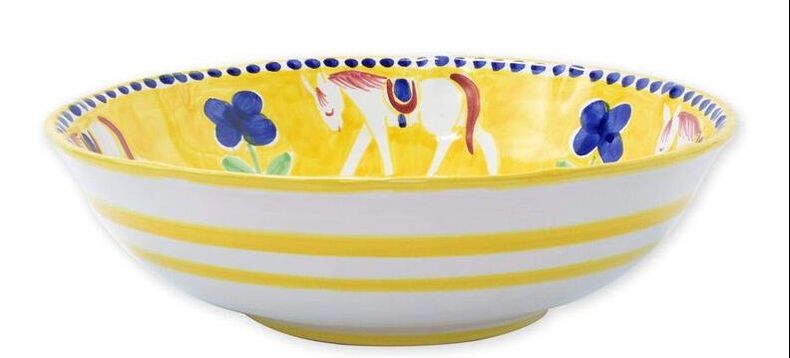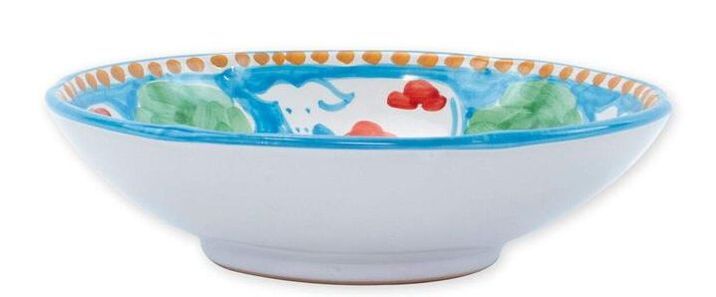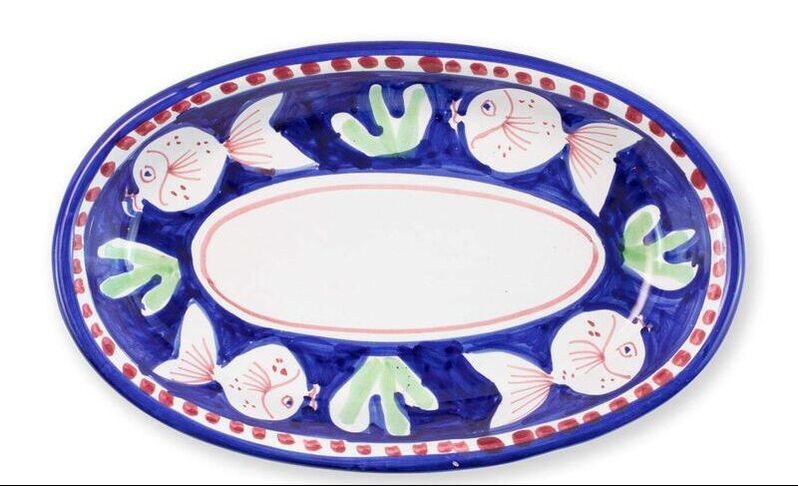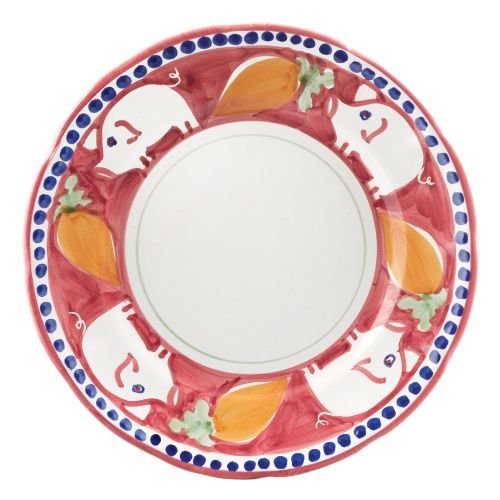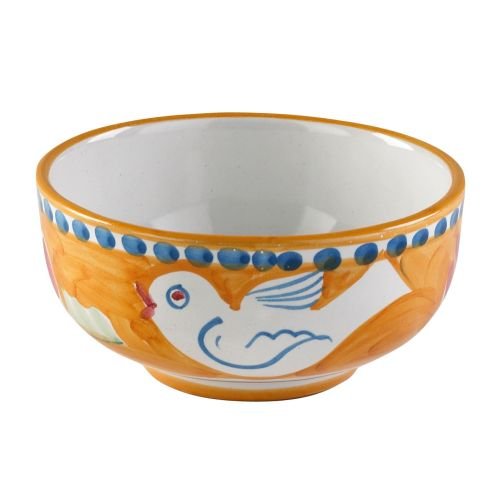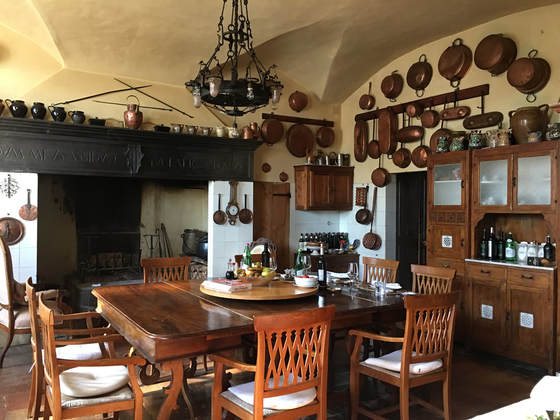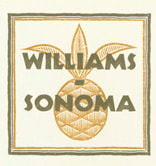|
Olive oil has been used in many other ways over the millennium... greasing wheels, cleaning the body, lighting ancient homes in lamps, polishing furniture, but the most important use for the golden elixir throughout the ages is in la Cucina. But we don't always give our olive oil the respect and care it deserves. After all, we should respect an oil that I've witnessed with my own eyes still coming from trees hundreds and even thousands of years old. Olives are a gift from the gods... a gift of Mother Nature herself. They are a link to our past and a healthy path to our future. Trees that bear this wonderful little fruit can be thousands of years old. Here are some ways you can give respect to your olive oil...
 Bottom line: Store your oil properly and buy the best you can afford. If you use a lot of olive oil, buy it in tins only (we go through about a gallon every 3-4 months or so). Store your oil in a dark place, especially if you buy it in bottles (never buy clear bottles!). Don't keep small, expensive bottles of Extra Virgin on your counter--keep them in your cupboards, away from light. Oxygen is also an enemy of olive oil, so as your larger container gets less full, you might consider transferring the remaining oil into smaller containers. For daily use, keep some oil into small olive oil carafes, such as my favorite from Emile Henry (photo left, on Amazon). Mangia bene... ama molto! --Jerry Finzi 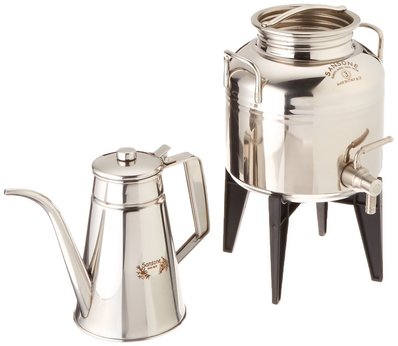 Olive Oil "Fusti", on Amazon Olive Oil "Fusti", on Amazon Links Visit our Grand Voyage Italy storefront on Amazon for a selection of Extra Virgin Olive Oils! OliveOilLovers.com Zingermans.com Markethallfoods.com Gustiamo.com iGourmet.com ...you throw away your counter-space hogging coffee machine, and now only make your brew in your little silver Moka pot.
This is the time of year when tomatoes are ripening on the vine in both the U.S. and Italy. Even if you don't grow your own tomatoes, this can be also the time to make your own Italian style passata di pomodoro--a basic tomato sauce that has all the skins and seeds removed, with all the flavor left behind. Here in the states, the closest canned product is called "tomato puree". Many families in Italy make the processing and canning of passata a yearly event--a family event--making enough jars of passata to last the entire year, often enough for extended famiglia. If you're not growing enough of your own paste style tomatoes, you can always buy a bushel or two or three from your local farm stand. Some Italian families will process up to 500 pounds of passata each year! Think of passata as a basic tomato sauce which you can use in all sorts of recipes, or even as a base to make other tomato-based sauces, such as Puttanesca, Amatriciana, Bolognese (ragu), Vodka sauce, sugo ("Sunday Gravy") or for pizza sauce. The word "passata" (passed, screened, smashed) refers to the processing with a special food mill that removes the seeds, pulp and skins, leaving only the tomato sauce behind. Other family recipes might just use a common food processor or blender, but this can't really give you a genuine passata. The cleaned, ripe tomatoes are cut up, boiled and processed to remove the skins and pulp, and finally canned in a traditional manner using a hot water bath and canning jars. Some family recipes might also add other spices or flavorings such as garlic as they boil the tomatoes, but since passata is a base to make a wide variety of sauces, you might want to add them at the time of cooking the final sauce. It is traditional, however, to add one large basil leave into each jar canned. 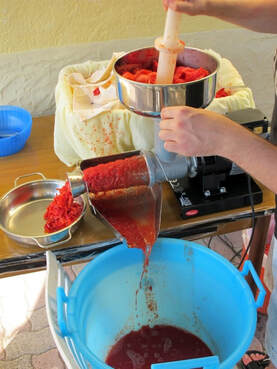 The Method of Making Passata Although you can make a passata in very small quantities, we will look at how to make a large volume for the purposes of canning and storage. We would love to promote this time honored, annual ritual here in the United States. Wouldn't it be better to have a yearly stock of your own tomato passata rather than buy supermarket sauces filled with chemical preservatives and other additives? What Type of Tomato is Best? In Italy, the best for this is San Marzano tomatoes (used in the best imported canned tomatoes), which have DOP protection and are only grown in the area of Naples surrounding Mount Vesuvius. Of course, many varieties are grown in the U.S. calling themselves "San Marzano", but they are only a similar variety. (You can't match San Marzano tomatoes because of their uniqueness of being grown in volcanic soils.) In reality, any good-tasting, full-bodied paste type tomato will work well. The tomato you select should have sweetness, depth of flavor, but also a touch of acidity--which benefits long preservation. Most paste tomatoes are thick fleshed and have a similar shape to San Marzano--that is, an elongated plum shape. You can also use larger cherry tomatoes or horn-pepper shaped varieties. Again, if it has a great taste, it will make a great passata. Leave the larger, beefsteak varieties for slicing and eating fresh. If you want to grow your own heirloom canning tomatoes from seed, we can highly recommend Striped Roma (horn shaped, sweet), Jersey Devil (horn shaped, very meaty), Debarao (plum shaped, juicy) and Martino's Roma (classic plum tomato). If you want to plant enough for lots of passata, plan on planting a minimum of 10 plants of one single variety that you earmark for canning. How Many Tomatoes? This really depends on how ambitious you are. if you use lots of tomato sauce in your recipes each year, then start with more tomatoes. You will also need more canning jars, lids and other varied supplies and tools. Having a very large pot or cauldron to boil the tomatoes helps prevent tedious, repeated boiling/canning sessions. I highly recommend doing it the way most Italians do it--using a tomato processing mill. I also love the way Italians use a very large pot to boil their jars and to do the final canning process--they use kitchen towels to layer in the glass jars to protect them from rattling around against each other. Here are some guidelines: 3 pounds of tomatoes to make 1 quart of passata. 21 pounds of tomatoes will make 7 quarts of passata. One bushel of tomatoes (about 53 lbs per bushel) will give you 15-18 quarts of passata. You will also be using sea salt and placing basil leaves into each jar.
Things You will Need
(For a large volume...)
You can use a standard hand-cranked food mill or a manual tomato milling machine to process the tomatoes, but if you're doing a large volume, you should consider investing in a powered tomato mill. The more power the unit has, the faster your processing will go. You might need to set up your milling machine on a low table, with bowl on the table to capture the pulp and a large container on the floor to capture the passata.
What About Canning Whole Tomatoes? In Italy, whole canned tomatoes are called pelati, referring to the process of peeling the skins off before canning. In the area of Naples, many families invest in crates of locally grown San Marzano tomatoes, but any pear/plum shaped past tomato will do fine. Before caning whole tomatoes, the best way to prevent spoilage is to remove the skins. Canning peeled tomatoes also affords more options for use in recipes that might call for crushed tomatoes. Skinned, whole tomatoes are easy to crush by squeeze by hand or pulsing in a food processor.
Don't forget to label your Passata and Pelati with the month and year. (Order oval Avery labels HERE on Amazon). Store them in a cool, dark place. They will last for as long as three years. Read this article carefully, watch the videos below and by all means, work safely! Make this a yearly event for your extended famiglia. I've read about families who take gather large teams together to process as much as 500 pounds of tomatoes! I would suggest starting small until you get used to the process. You can also make small volumes of passata or pelati right in your kitchen with a large stock pot, colander and tools you have lying around. And whether you use a manual tomato mill or powered, I'm sure you'll be successful and enjoy a fully packed cantina (pantry) all season long. --Jerry Finzi, GVI If you are new to canning, you can study the principles of safe canning HERE. Useful Processing Tools on AMAZON... The video below is one of the best I have found covering many aspects of making Passata and Pelati. There are some titles in English, but it might also help to click the gear icon on YouTube to turn on Closed Captions and Auto-Translate to select English... Some people called my Dad acting "silly" as a negative, but not me. Anything silly, I love. Something offbeat, oddball, out of the norm, and I'm automatically drawn to it. The time Dad wore vampire teeth at a fancy wedding's cocktail hour was wonderful. My discovery of this interesting pizza is also wonderful: pizza scima ("silly pizza") from the cucina povera traditions of Abruzzo. It's authentic and offbeat. Why is it called "silly"? To understand the name, we have to get into the evolution of the Abruzzese dialect word "scima". This is an unleavened bread, and the Italian word azzimo (masculine) or azzima (feminine) in Italian means unleavened, referring to any bread that's made without yeast. In dialect the word is ascime. Southern Italians tend to shorten words, in this case the word was simplified to scima (SHEE-ma). Scema in Italian can mean either stupid or silly, perhaps in this case referring to someone silly enough to make bread without leavening... The history of this pizza evolved from the 13th century Jews who settled in Abruzzo and made unleavened bread. Traditionally it is baked directly on an open wood fired hearth, common in many country homes even today. After coming up to temperature, the wood coals are cleared to the sides and the dough round is placed directly on the brick base. Next, the dough is covered with a 5" tall dark steel coppo (like a large pot cover) and coal embers are placed on top. This baking method is similar to the Colonial American method of baking bread in a cast iron Dutch oven in an open fireplace. The baking method below tries to mimic the open hearth by baking on a pre-heated pizza stone (to cook the bottom) with a dark pan placed over the top of the pizza (to create a moist, but hot baking environment). You might even try to make this pizza using a baking cloche. Common in the southern towns of Casoli, Roccascalegna, Altino, Lanciano and San Vito Chietino, this pizza is characterized by the addition of extra virgin olive oil and wine. Each year there is even a pizza scima sagra (food festival) in Casoli. Ingredients
Instructions
Useful Tools on Amazon... The History of Pasta
Interesting Pasta Facts
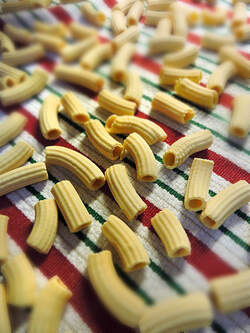 Cooking and Making Pasta
--Jerry Finzi Useful Pasta Tools on Amazon You might also be interested in...
Map of Italian Regional Pastas Corzetti: A Regional Pasta that Really Leaves an Impression Sugo: The "Sunday Gravy" of my Childhood Discover Pallottine from Abruzzo The Light Way to Make Potato Gnocchi The Rarest Pasta in the World - Threads of GodTorta Rigatoni Piede Bolognese al Forno - Baked Standing Rigatoni Pie with Bolognese 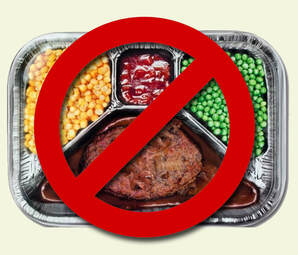 Continued from Part 2... Finzi: The first time our family visited Molfetta (where my father was born) we didn’t have time to meet the relatives that still live there (although we've gotten to know each other since on Facebook). What advice would you give to someone with a desire to approach long-lost relatives in Italy, especially if there is a desire to collect the heritage of recipes from their famiglia? Mary Ann: Call or email them; send photos; plan a meeting with them; bring old family photos if you have them. Finzi: When you first met your Italian relatives, what impressed you most? Mary Ann: Their genuine hospitality and love of connection with you. My cousins were especially welcoming. Finzi: I lived in France for a while and tried my best to be a decent French cook, but after experiencing the simplicity of regional Italian cooking on our voyage throughout Italy, I immediately was drawn back my Italian roots. It’s amazing to think that in centuries past, the food eaten by the Italian upper classes was in the French style. Why do you think the Cucina Povera rose to the top of Italian cuisine, with its fairly simple ingredients and basic techniques? Mary Ann: Because that is the true Italian cooking. It was only the upper class Italians who employed chefs called monzu. These were Italians trained in France and what they cooked was truly French and not Italian. Finzi: When my parents got married, according to my mother, she “wanted an American household”, so she didn’t teach her five children Italian. I’ve read that you took lessons on how to speak Italian. Did your mother have this same attitude to “Americanize” your family in this or any other ways? Mary Ann: No, my mother spoke Neapolitan dialect because my Nonna Galasso--her mother--lived with us. My mother would never serve an American style TV dinner and neither would I. Finzi: I’ve never heard you talk about having a second home in Italy. If you do, can you tell us a little about it? And if not, of all the beautiful regions and towns in Italy, where would you love to live, and can you describe your Casa dei Sogni, or Dream Home for us? Mary Ann: I go to Italy every year but do not have a home there; if I did, it would be in Siracusa because I love this baroque town; my second choice would be Torino. 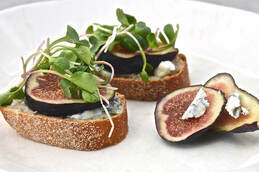 Finzi: Your culinary life was influenced by two Nonne, but not everyone has an Italian grandmother to help educate them on how to prepare Italian dishes. In a way, you have become that Nonna for the millions of us who have watched you cook for nearly 30 years. Can you tell us something about your Mary Ann Esposito Foundation and your desire to pass along your passion and techniques to future Italian chefs? Mary Ann: Thanks for asking! The foundation provides scholarships for students in culinary degree programs in universities offering the study of Italian regional foods and is also establishing a legacy library online to record for posterity, regional recipes that otherwise would be lost to time for future generations. All donations in any amount are most appreciated. Your Grand Voyage Italy readers can go to www.ciaoitalia.com and click on “foundation” to learn more and to make a donation. Finzi: I want to really thank you for taking the time for this wonderful chat, Mary Ann. We'll be looking forward to seeing your new episodes on PBS... my TIVO is fired up to record every episode! One last thought... For us to envision il pranzo perfetto per Maestra Esposito, what are your all-time favorite dinner courses in La Cucina Esposito? Mary Ann:
Guy Esposito on Gardening  Finzi: When I was a boy, my Dad taught me all about saving seeds and the benefits of Home Grown Tomatoes, and now my 15 year old son grows them with me. Our favorites are Eva Purple Ball, Jersey Devil and Giant Belgium. Which are your top three favorite heirloom tomato varieties, and why you like each. Guy: Costoluto Genovese for fresh eating and preserving, intensely flavorful, deep red flesh); San Marzano are the only ones that match to those in Campania for sauce; Redorta for eating fresh, making sauces, canning or drying. It's better than San Marzano for growing in colder climates. 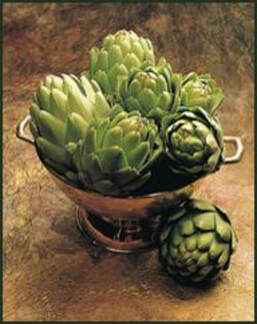 Finzi: For some reason, I’ve always had less than good results with Costoluto in our garden and Redorta is one we haven’t grown. I’ll try some next season. I’m in Zone 6a in Bucks County, Pennsylvania (April 15, last frost) and still I wish the growing season was a bit longer than it is. What are the problems growing vegetables in your short, Zone 5b growing season in New Hampshire? Guy: We get a late start after May 31 because of such a short growing season. Finzi: What do you consider the essential vegetables for an Italian gardener to grow, and for beginners, which do you think are the easiest? Guy: Lettuce, zucchini and radishes are easiest and the hardest are melons and artichokes. Finzi: Were you always a gardener or did your garden develop as Ciao Italia became a more prominent part of your lives as a couple, and what compels you to grow your own vegetables? Guy: I have been gardening since Medical School. We are believers in farm to table food without pesticides. For good health we maintain a Mediterranean diet. Finzi: We are also pretty much organic in our garden, but can always do better with a heathier diet. At least we make pretty much everything from scratch. I just wish we had a good fish monger near us. My wife Lisa would love to grow huge bushes of rosemary like we saw in Italy. For me, pomegranates and olives. But of course, we can’t in our Pennsylvania climate. What don’t (or can’t) you grow in the garden that you wish you could, or would like to grow, and why? Guy: Radicchio di Treviso and Bulbing Fennel (finocchi). Both are delicious for salads or cooking. Finzi: I’ve watched videos on how complicated it is to grow Radicchio di Treviso. Definitely not for the home gardener! What single vegetable or other crop has May Ann wanted you to grow that you haven’t yet, and why haven’t you grown it? Guy: Piennolo del Vesuvio tomatoes. It's just not hot enough here in New England and we have the wrong type of soil. . Finzi: I love the idea of growing these but even if I could, I doubt if they would last through the winter, hanging in large bunches, the way they do in Campania. If you could only grow one, solitary crop, which would you grow? Guy: Lettuce! Virtually every day we eat large salads every day. Finzi: That’s one crop I wish was possible to grow all season long. I’ve grown a variety of types, but some years, the rabbits and chipmunks get the best of them. What are the most difficult things to grow in your garden? Guy: Melons and sometimes tomatoes. Melons need a lot of heat and a long growing season. Some types of tomatoes we love can be prone to disease. Finzi: I’ve also had some experience with melons, but they require a lot of attention and even watering--difficult to keep up with in drier seasons. Is it difficult to be the husband of such a famous chef, or do you consider yourself a partner in Mary Ann’s efforts—and how involved are you in the production of the show? Guy: Mary Ann is first and foremost my wife. I am involved with Ciao Italia as the head gardener and wine consultant. The Mary Ann you see on TV is the exact same person in real life. I am a lucky man! Finzi: You certainly are. Mary Ann and Guy, I want to thank you both for being so generous with your time. I’m certain our readers are going to gain a lot of wisdom from the depth and span of your knowledge, experience and passion about Italian cuisine. Alla prossima e mille grazie! --Jerry Finzi Copyright, 2020 - Jerry Finzi/GrandVoyageItaly.com - All Rights Reserved
Not to be reproduced in any form without expressed, written permission.  Continued from Part 1... Finzi: Of course, we’ve read your new book, Ciao Italia: My Lifelong Food Adventures in Italy. You've given us all some more great recipes and stories with an enormous degree of detail. Another winner, for sure. Brava, Maestra! Speaking from an Italian-American perspective, what are the main differences between Italian cuisine and the dishes Italian-Americans served here? And regardless of their lack of authenticity, which Italian-American dishes do you really love? Mary Ann: Regional dishes are based on local ingredients, fresh ingredients and simple preparation. Italian-American food is often based on many canned foods like beans and prepared tomato sauces and inferior, imitation cheese. Of course I love spaghetti and meatballs and chicken “parm” like anyone else. Finzi: I grow our own string beans and especially love those yard-long heirloom beans that can plate like a green spaghetti, but I'll have to take your advice and start growing my own beans. We do make our own sauces from scratch, but most of the year used high quality canned tomatoes. In summer we do make fresh tomato sauce, which is wonderful. Chicken “parm” is a favorite in our house, too. We love the way my wife makes it (casserole style with rigatoni) but I also make a lighter version more like a standalone corso secondo. All of us have our favorite cookbooks. We have a collection of yours (of course), but also from Julia Child, Nick Malgieri, Marcella Hazan and Pierre Franey. Which cookbooks couldn’t you live without? Also, what are some historic cookbooks you would recommend for people wanting to explore the history of Italian cuisine? Mary Ann: Ada Boni’s, Italian Cooking; Waverly Root, The Food of Italy; John Keahy, Seeking Sicily; Carol Field, The Italian Baker; Pellegrino Artusi, The Science in the Kitchen and The Art of Eating Well Finzi: We actually have one on your list--Carol Field’s Italian Baker is amazing and includes a fantastic recipe for focaccia. What regions—or towns—have you never visited or cooked in when traveling through Italy? Which are on your bucket list, and why? Mary Ann: I have never cooked in Friuli or Calabria and I would love to cook in Abruzzo because the food is very high quality, and I love the way they use almonds in cooking. Although I love the confetti (candy coated almonds), there is so much more to do with them. Fried Fish Fillets with Parmesan and Almond Coating 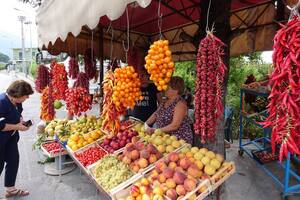 Shopping in an Italian market Shopping in an Italian market Finzi: We agree totally. We love the flavor of almonds in all manner of pastries. But to be honest, I personally never went for confetti almonds—I was always worried about breaking a tooth! The waves of Italian Diaspora during the 19th and 20th centuries brought Italian migration to several countries around the world, merging Italian cuisine with that of their host countries. Have you ever thought of exploring the evolution of this mash-up of culinary cultures? (Examples: Brazil, Argentina, Australia, Tunisia). Mary Ann: It is a great idea and I have thought of it. It's on our bucket list! Finzi: I’ll be looking forward to see what you come up with. By the way, in researching my own surname’s roots, I have discovered that there are nearly as many Finzi in Brazil as in Italy! I’m in touch with many of them via Facebook—perhaps I’ll ask them for some fusion Italian-Brazilian family recipes! Are there any other countries you like to visit and cuisines you enjoy cooking? A fusion, perhaps? Mary Ann: I just love Ireland and their food is fantastic. I also enjoy cooking Chinese food. Click the photo above to see our own Shepherd's Pie Recipe 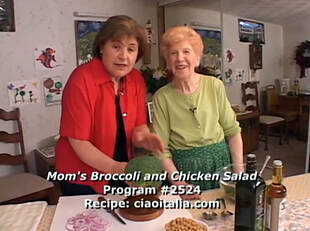 Mary Ann and her Mom cook together in this classic episode. Click to see the video. Mary Ann and her Mom cook together in this classic episode. Click to see the video. Finzi: This past Saint Patrick’s Day, I made my annual shepherd’s pie and my wife Lisa made her Irish Soda bread. Although my wife Lisa makes fantastic Chinese food, she hasn’t picked up her wok in a while. (Hint, hint.) There is such a wealth of ethic food in the world and so many influences in the regional foods of Italy! You’ve cooked with many famous chefs over the years, but we also appreciate when you cook along with home cooks here and in Italy (I still remember the episode with your Mom). Have you thought of doing a series of shows where you feature these home cooks’ recipes? Mary Ann: We have featured many home cooks and you will see them on our new season coming this spring. I learn a lot from them. Finzi: My mother was a pretty good Italian cook and my Dad worked as a grocer and deli man his whole life. Because of this, my favorite heirlooms from them is Mom’s scolapasta, her large pasta pot, her ravioli pin, Dad’s meat slicer and even his retractable crayon marker he used to mark prices on cold cuts. Which kitchen heirlooms do you treasure? Mary Ann: My nonna Saporito’s 2 ft long, thin rolling pin, her cleaver, chitarra, my mother’s scribbled notebooks on Italian foods, her apron and old cannoli forms made out of bamboo. Finzi: Bamboo cannoli forms? I love the idea. Easy to make if you have a neighbor with overgrown patch of bamboo. Beside heirloom kitchen tools, my Mom left me her techniques of making “Sunday gravy”, gnocchi (click for RECIPE) with a fork and her Italian style Pot Roast (click for RECIPE). Dad taught me how to make giant deli meatballs (click for RECIPE) Thanksgiving turkey, Christmas ham and all about home grown heirloom tomatoes. What are the most important technique your family's cooks passed along to you? Mary Ann: Use your hands! They are your best tools. Finzi: According to my son, my pizzas and other dishes are so good that he’d like to see me open a pizzeria or restaurant, but I simply enjoy cooking for my family and friends. With both of your grandmothers cooking for professional reasons, did you ever consider “going pro” and perhaps opening your own restaurant? If “no”, why not? Personally, I would really enjoy dining in your Trattoria Ciao Italia! Mary Ann: No, because I think of my show, Ciao Italia! as my restaurant. Opening a restaurant means a commitment to be there and I cannot do both at the same time. Finzi: Last summer, we vacationed in Cape Ann, Massachusetts and seemed to discover Italian influences just about everywhere. When we visited the North End of Boston we considered it to be a better Little Italy than Manhattan’s Little Italy, the Bronx’s Arthur Avenue or Philly’s Italian Market district. Which “Little Italys” have you visited and what are the best features of each? Mary Ann: I've been to most: Boston, Philadelphia, San Diego, New Orleans. Philadelphia has retained more authenticity; the rest are fading examples. Copyright, 2020 - Jerry Finzi/GrandVoyageItaly.com - All Rights Reserved
Not to be reproduced in any form without expressed, written permission. 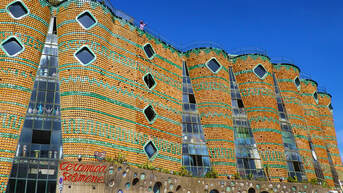 When we spent some time on the Amalfi Coast, one of our goals was to visit "the" ceramics town--Vietri sul Mare, just west of Salerno. One of its must-see places to visit was the amazing Ceramica Artistica Solimene, one of the most iconic artisan shops for Vietri ceramics. Rather than the geometri, Renaissance designs of other ceramic design shops, Solemene's designs are childlike, with free-handed strokes and creatures and colors of the life along the Amalfi Coast... fish, octopus, pigs, chickens and donkeys. The building which houses the "factory" (if you can call it that, since all the ceramics are made by and painted by hand), is itself a work of art, commissioned by Vincenzo Solimene and completed in 1954. Architect Paolo Soleri designed this masterpiece of architecture, a mid-century modern homage to ceramics, with its inverted, cone shaped exterior covered with terracotta discs.  The interior houses a sales area on the first floor open to the skylights on the roof, with a ramp that spirals upward (no stairs, but there is a small elevator) to different levels where the clay is formed, sculpted and then painted. The spiraling design is similar to modern parking garages. Chain smoking artisans welcome visitors and will even give short lessons on their techniques (our son--then 11--was shown how to attach a handle to a cup). Visiting the Solimene factory can be considered the highlight of spending some time in Vietri sul Mare's ceramics district--there are scores of ceramic shops within a few blocks. 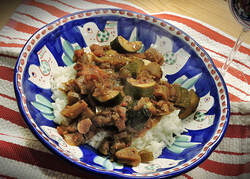 Our own Gallo pattern serving my ratatouille Our own Gallo pattern serving my ratatouille The family business has been creating ceramics for more than a century and has produced tableware, garden ceramics and pots, sculptural pieces, floor and wall tiles--all worked and painted entirely by hand, using a combination of modern and ancient techniques, such as the potter's wheel. Their tableware is food safe (they utilize lead-free glazes) and can even withstand dishwashers. In our own Pennsylvania villa, we serve our meals on Solimene ceramics. So far, in about 5 years, no chips--just compliments. --Jerry Finzi Random pieces decorate the outside of the Solimene building On Amazon...
|
Archives
May 2024
Categories
All
|


